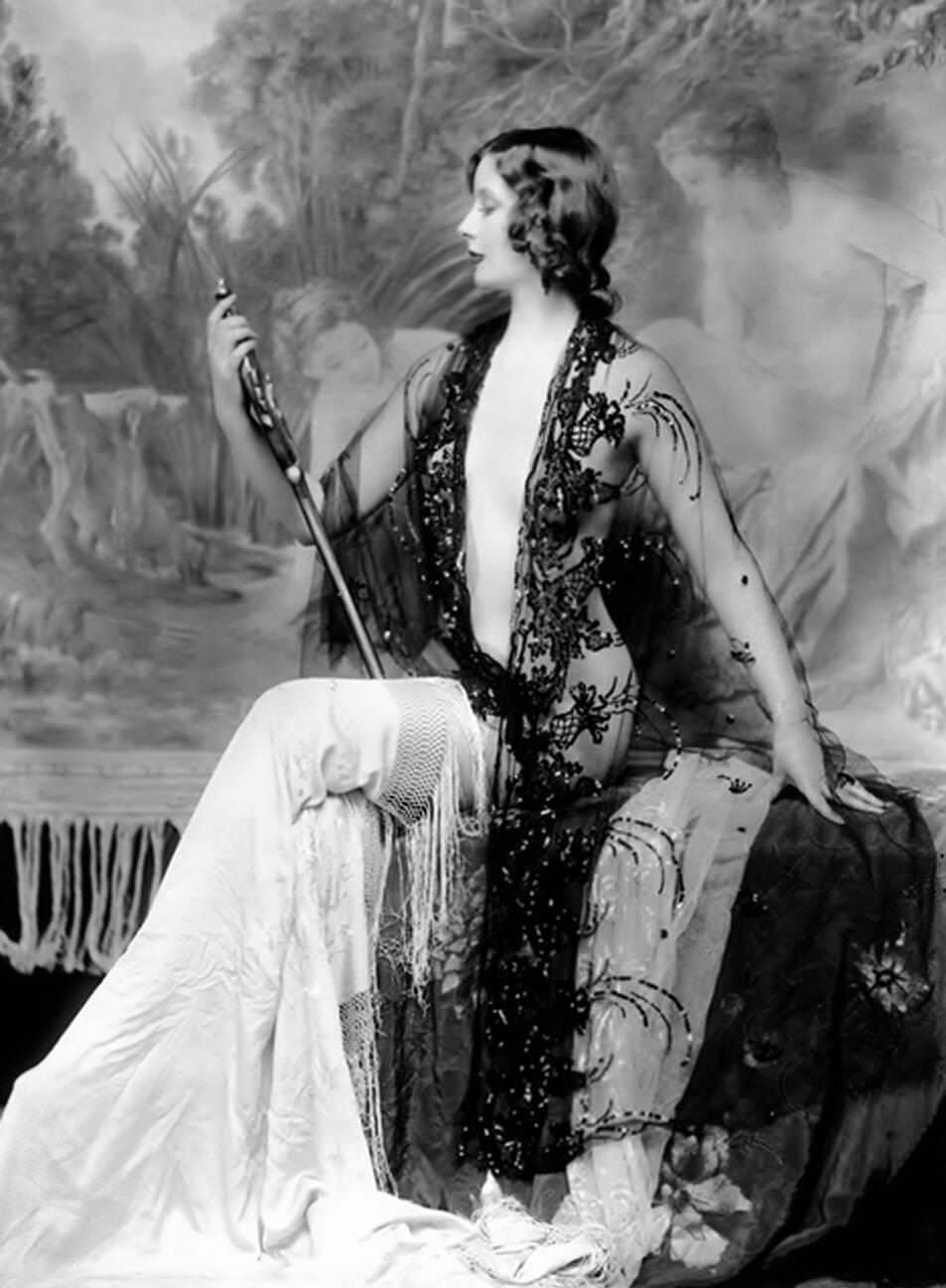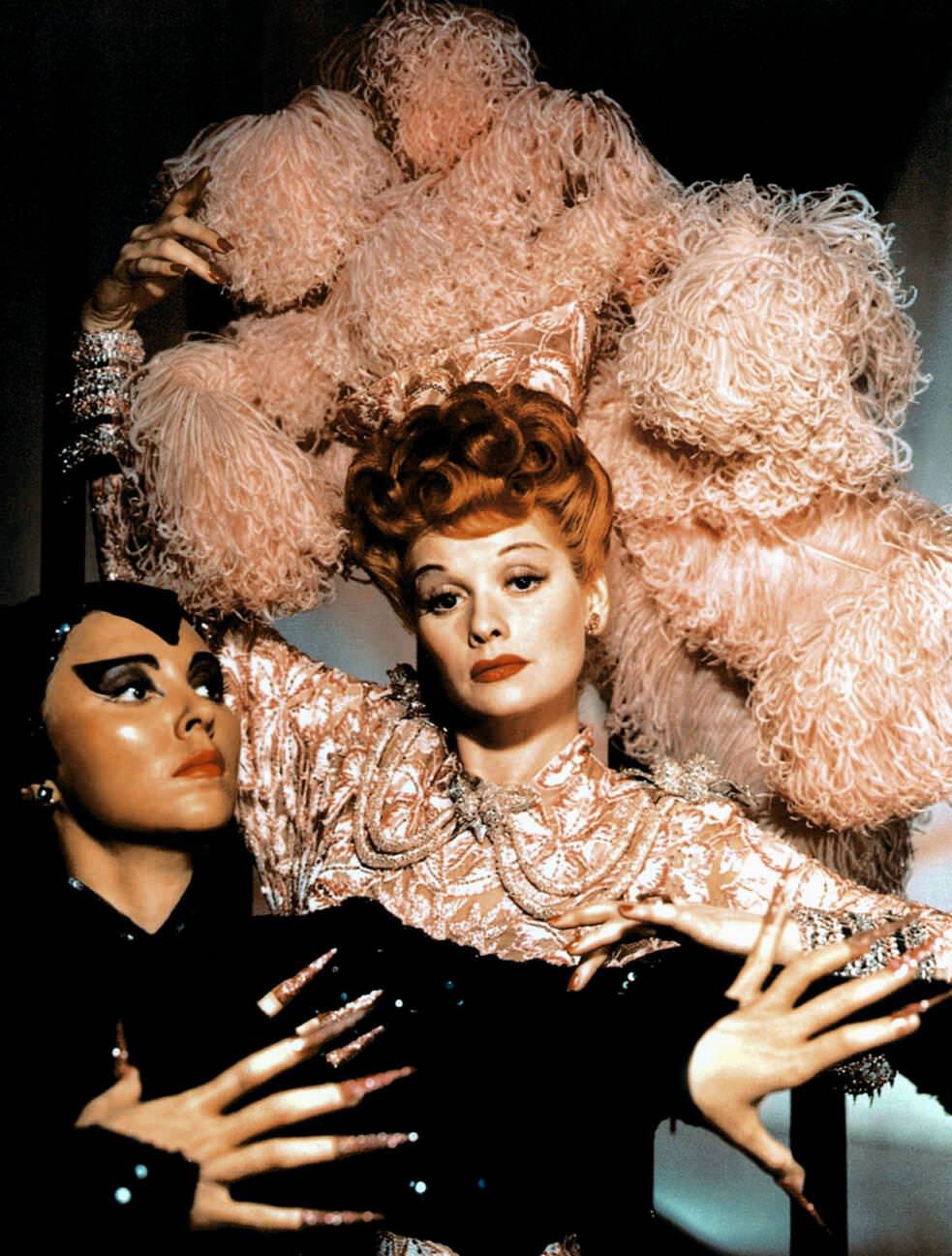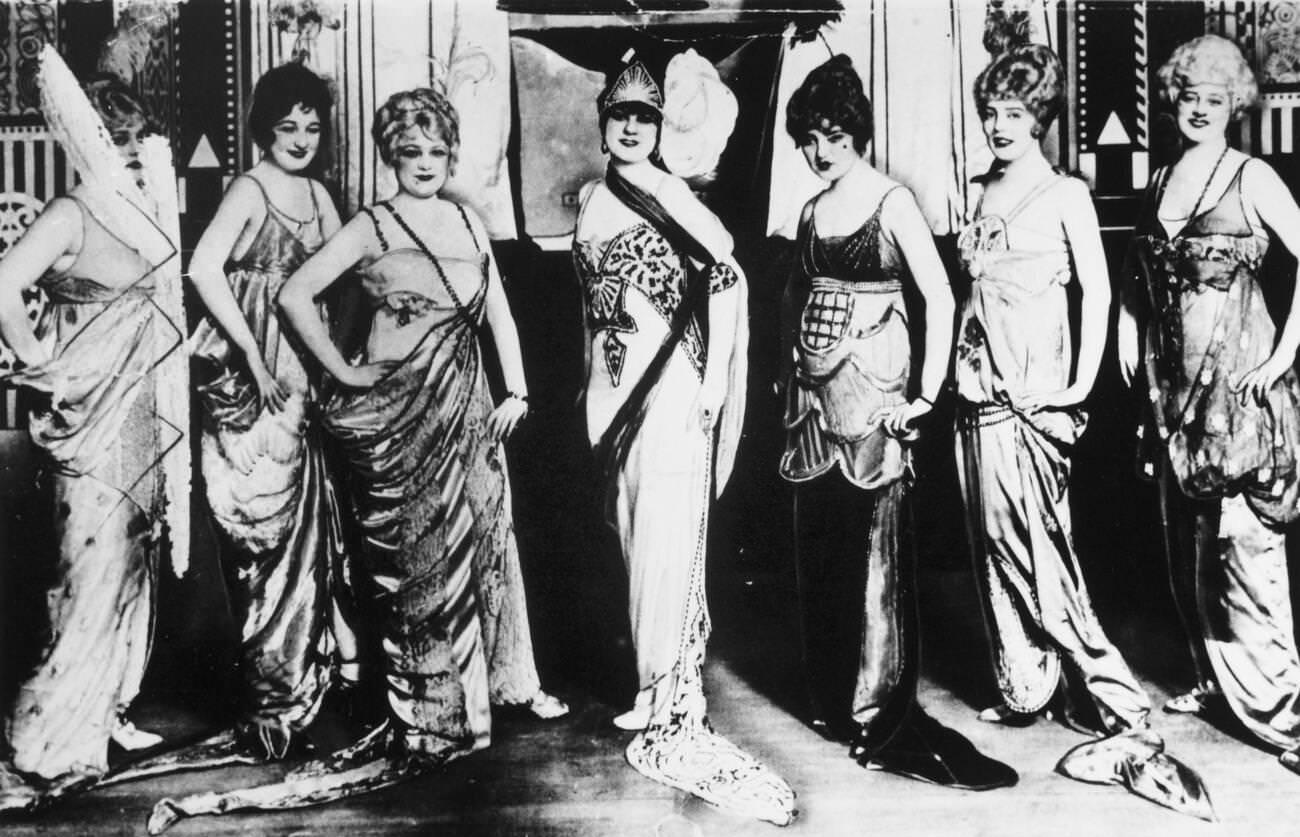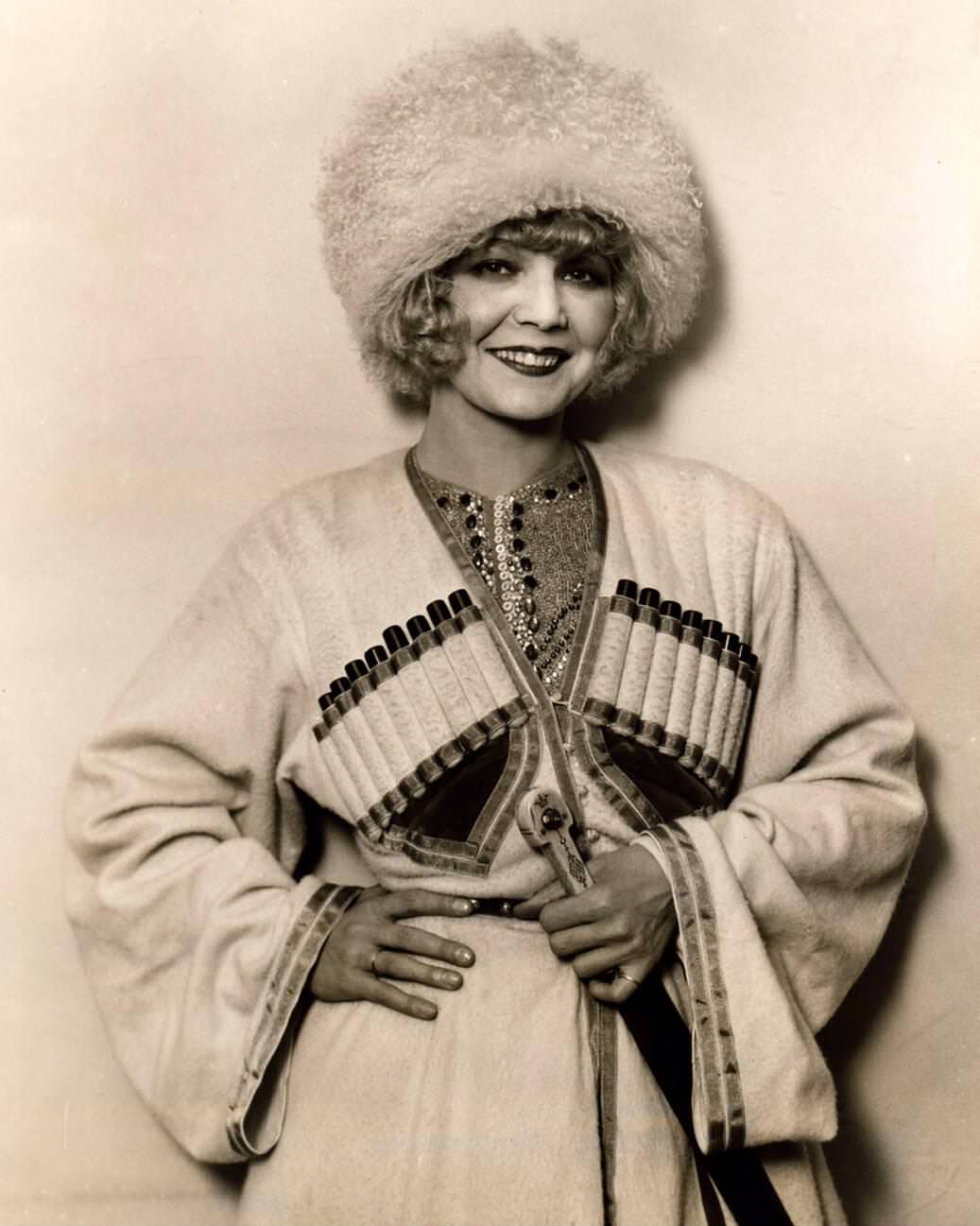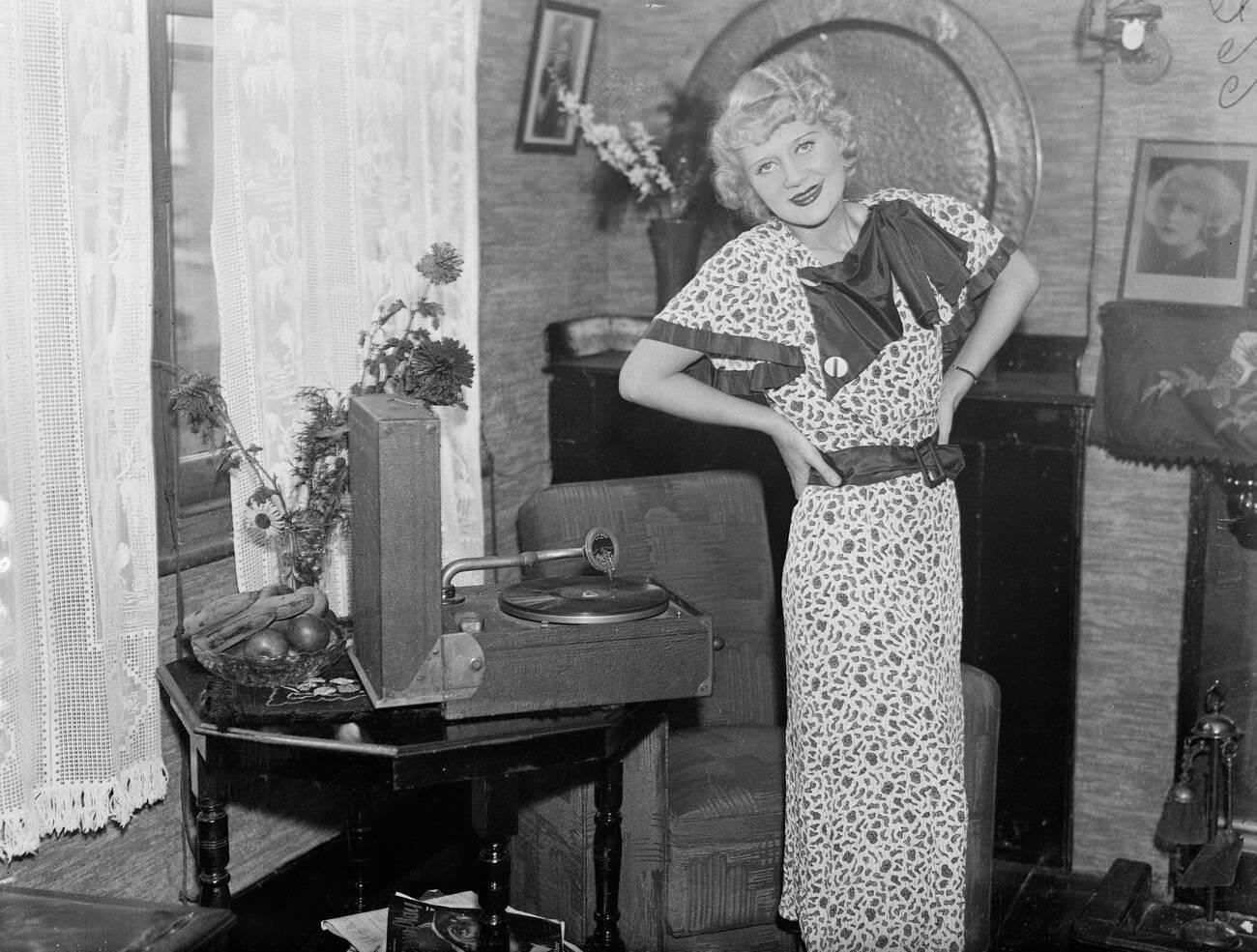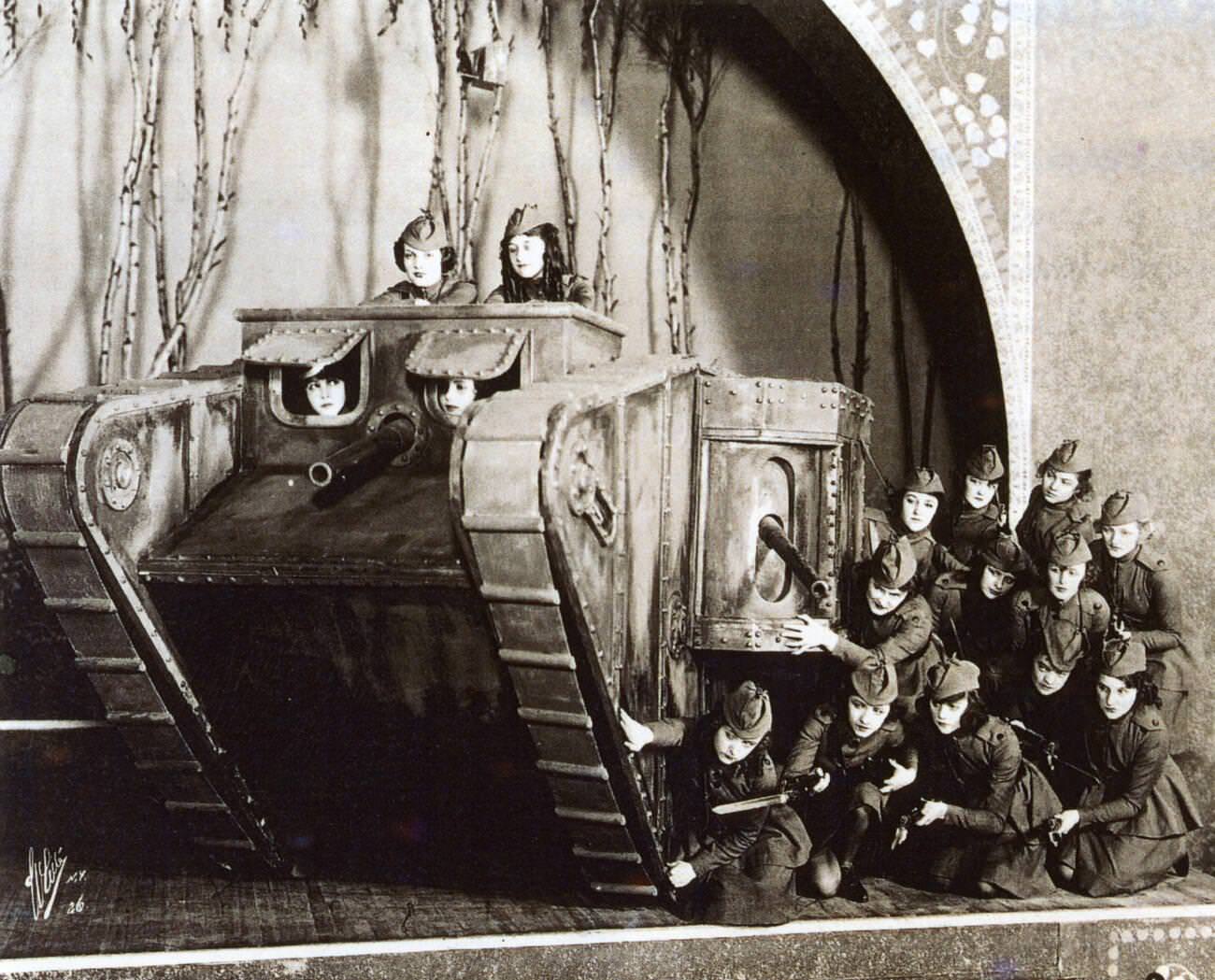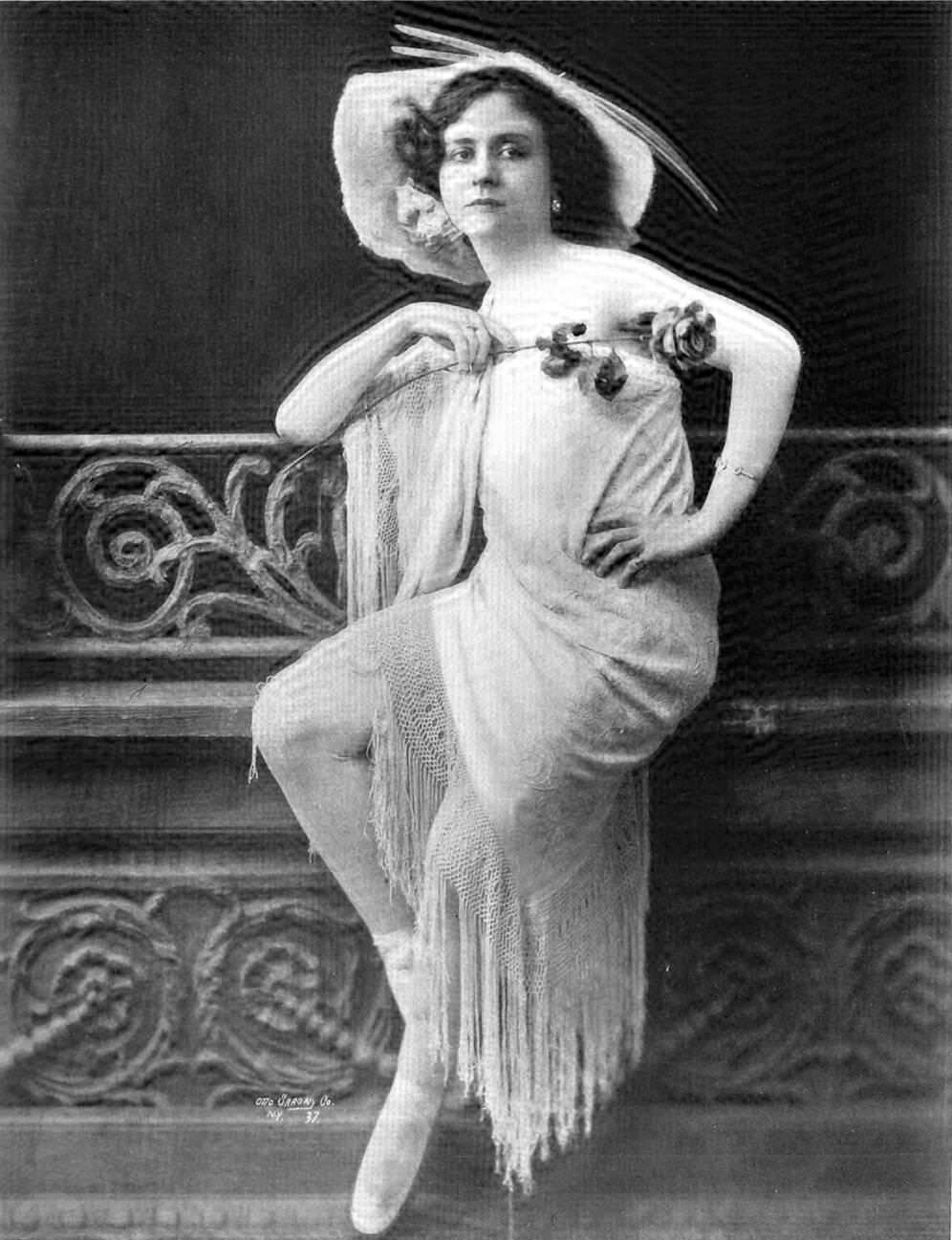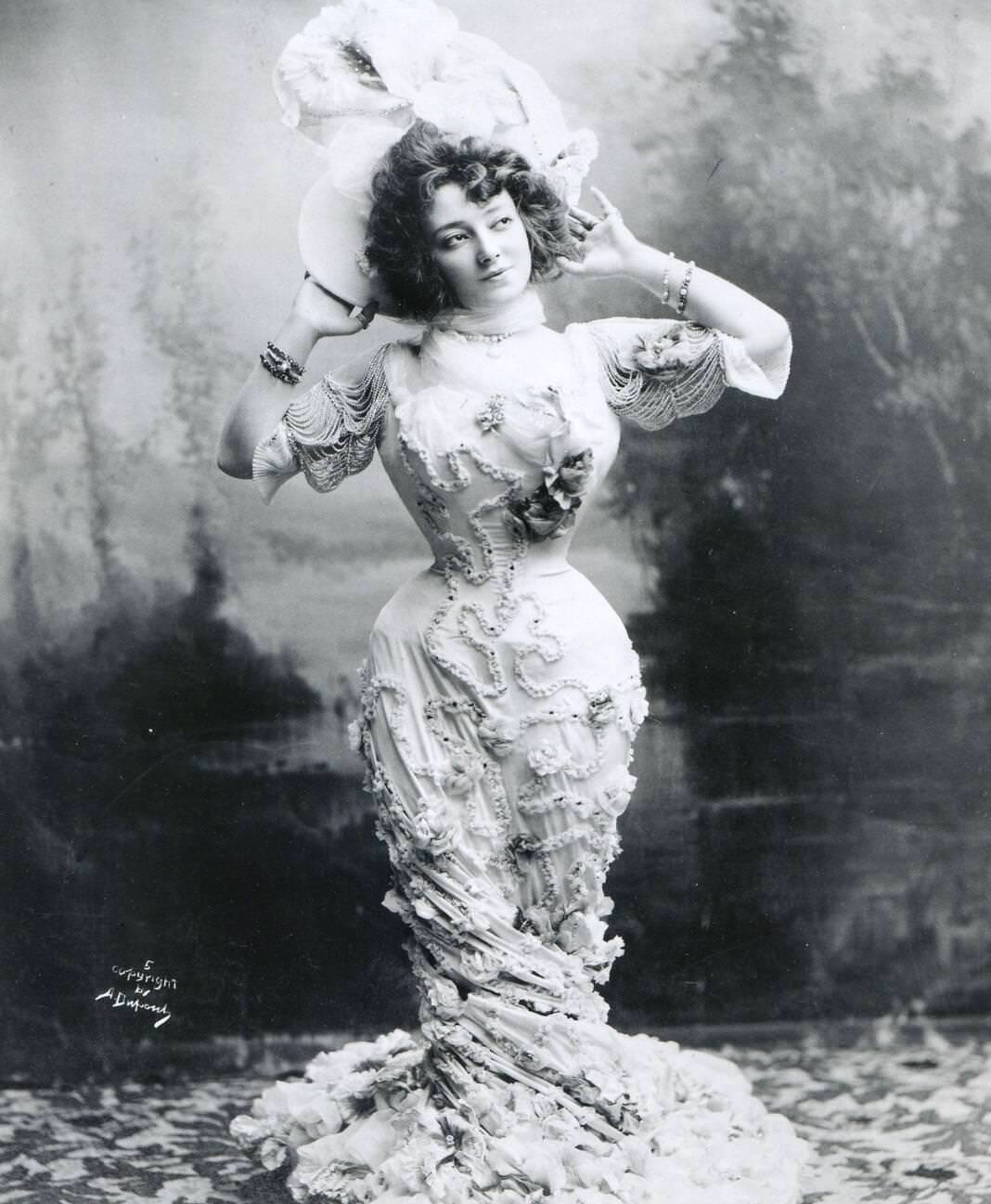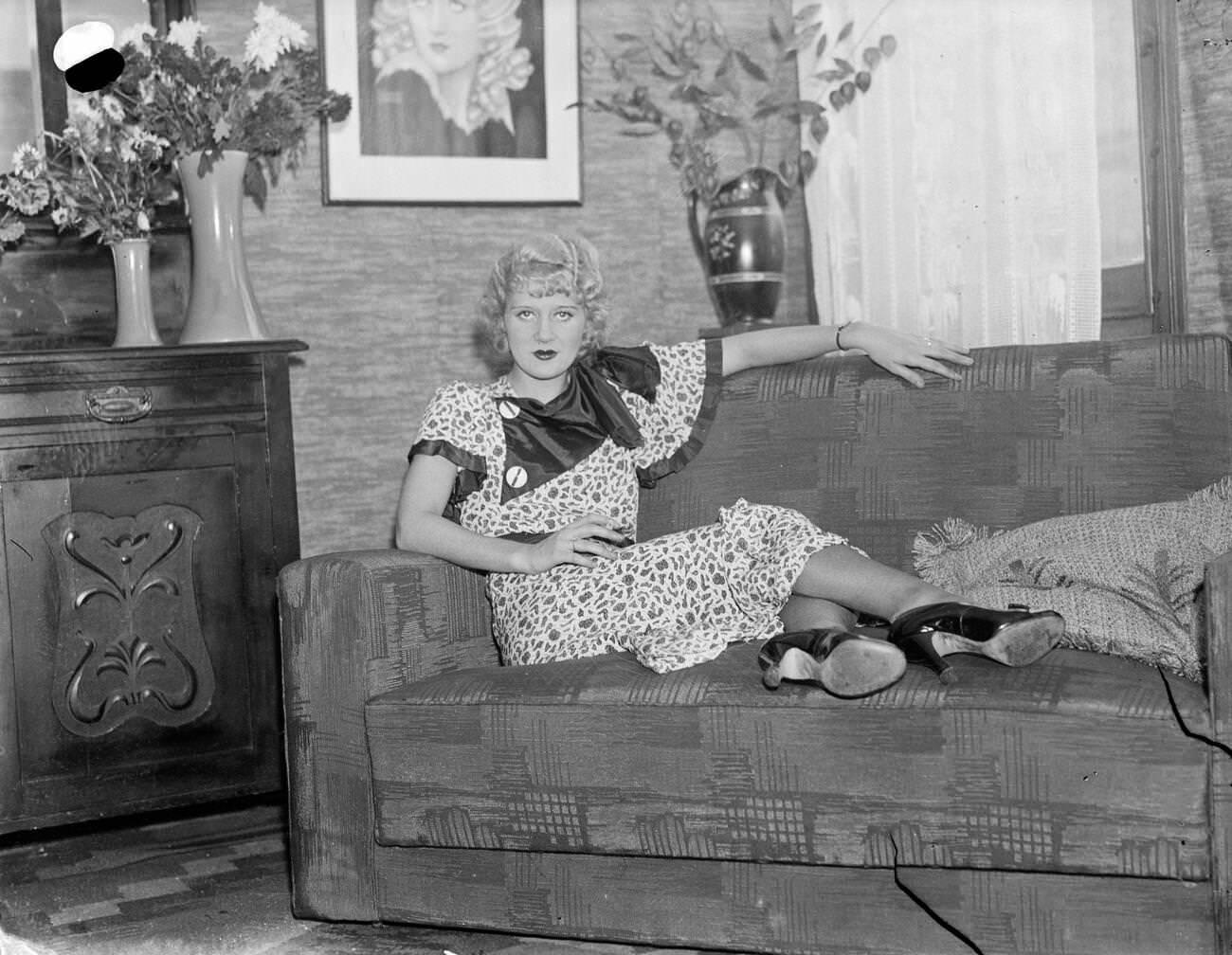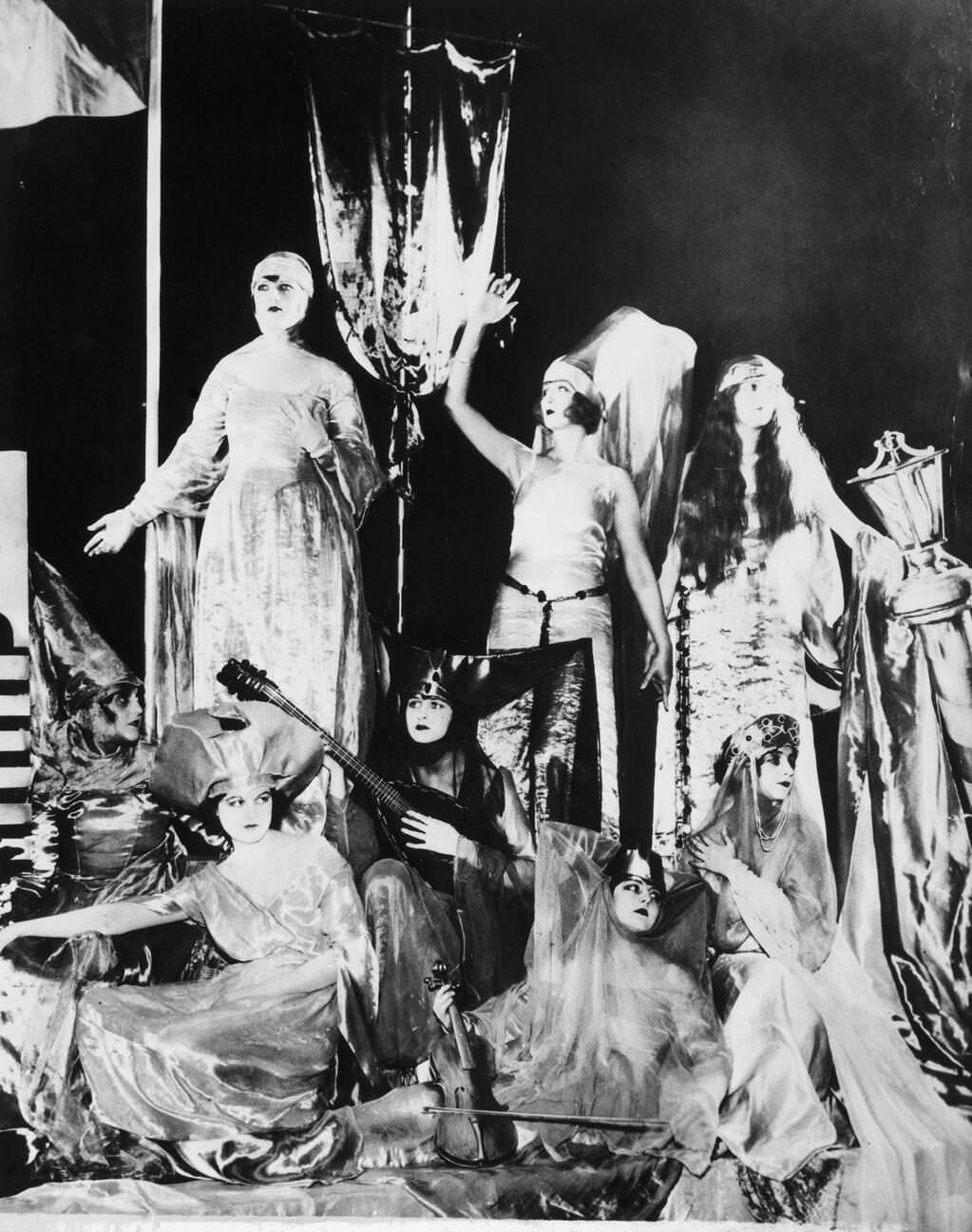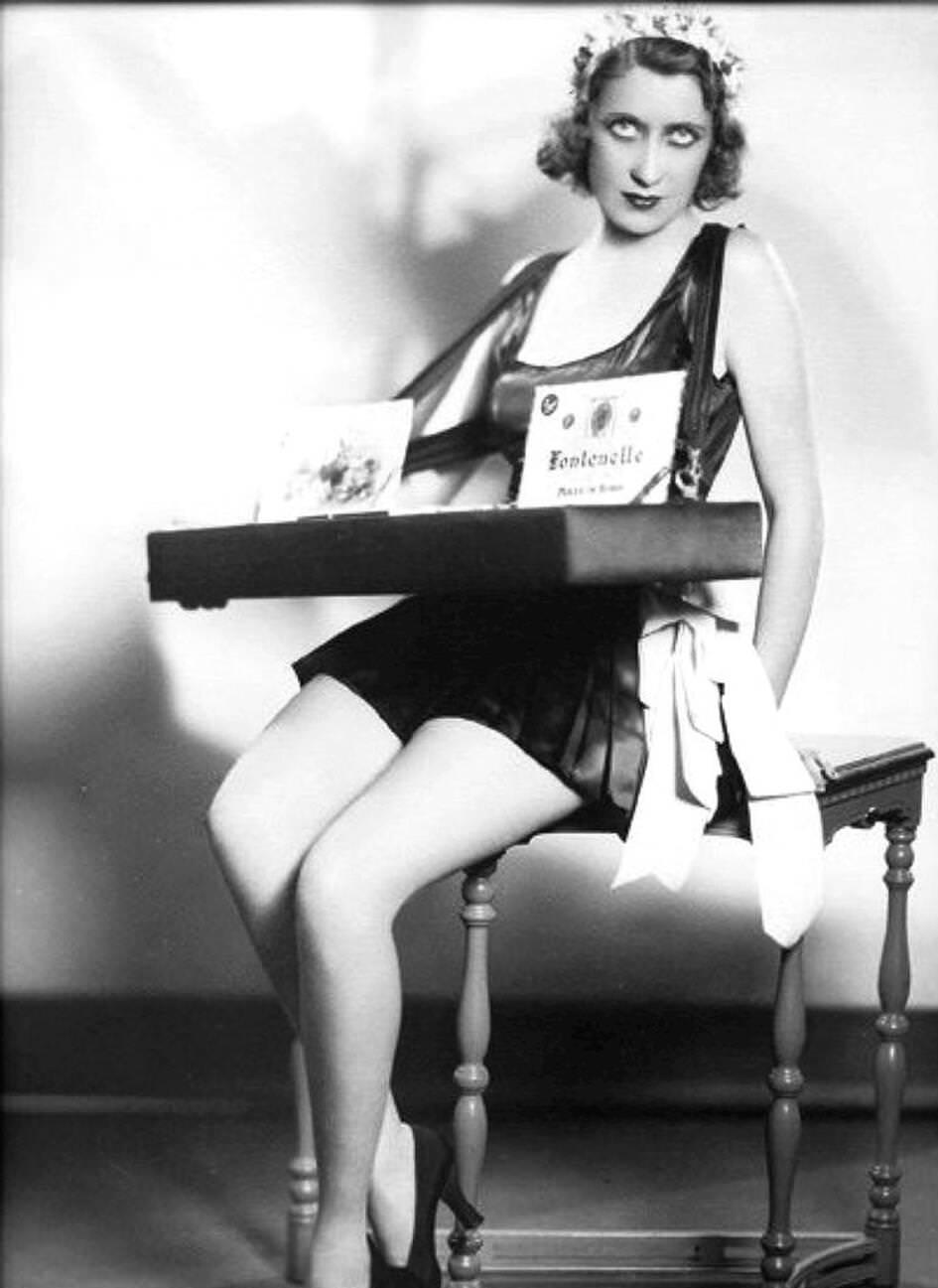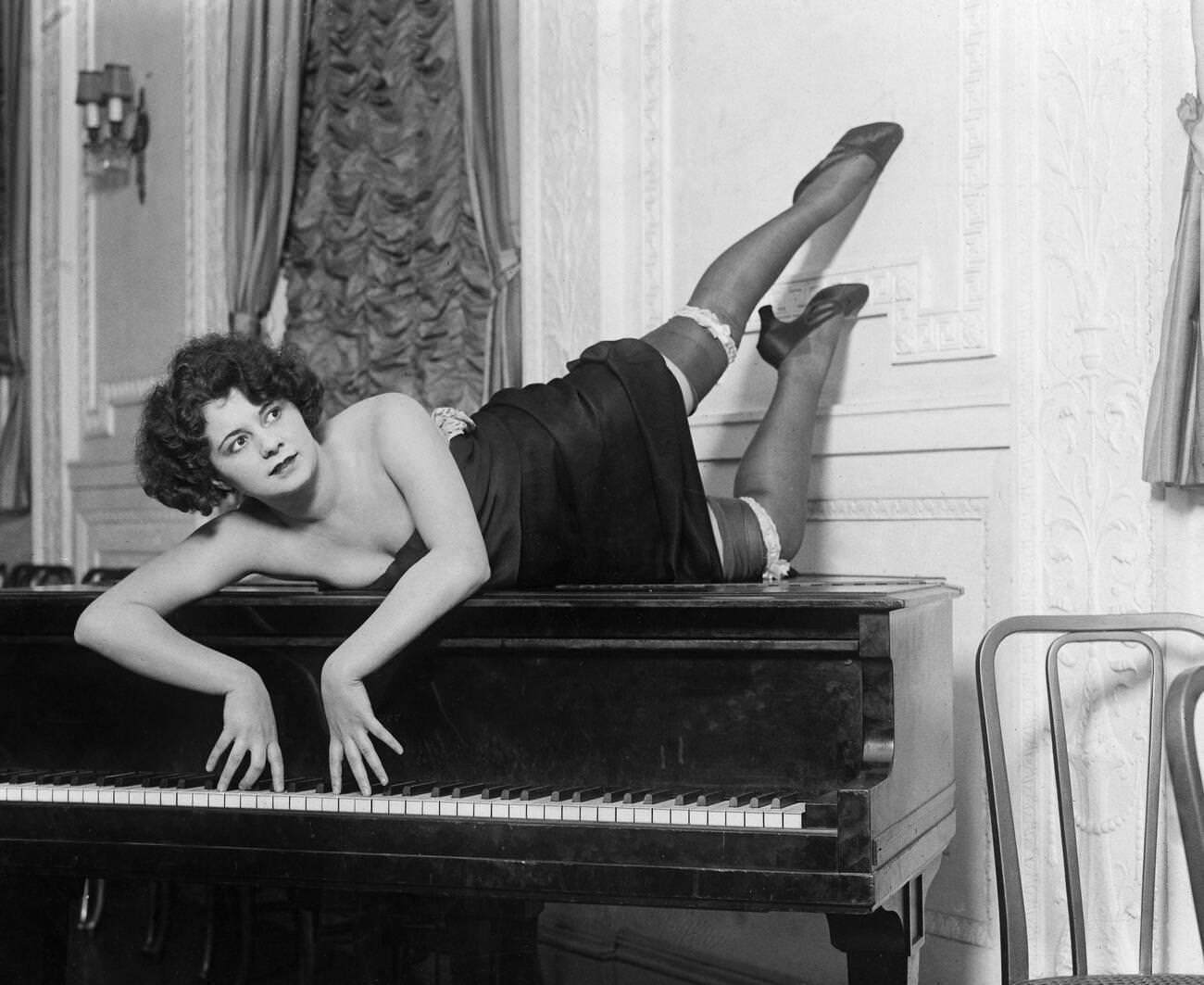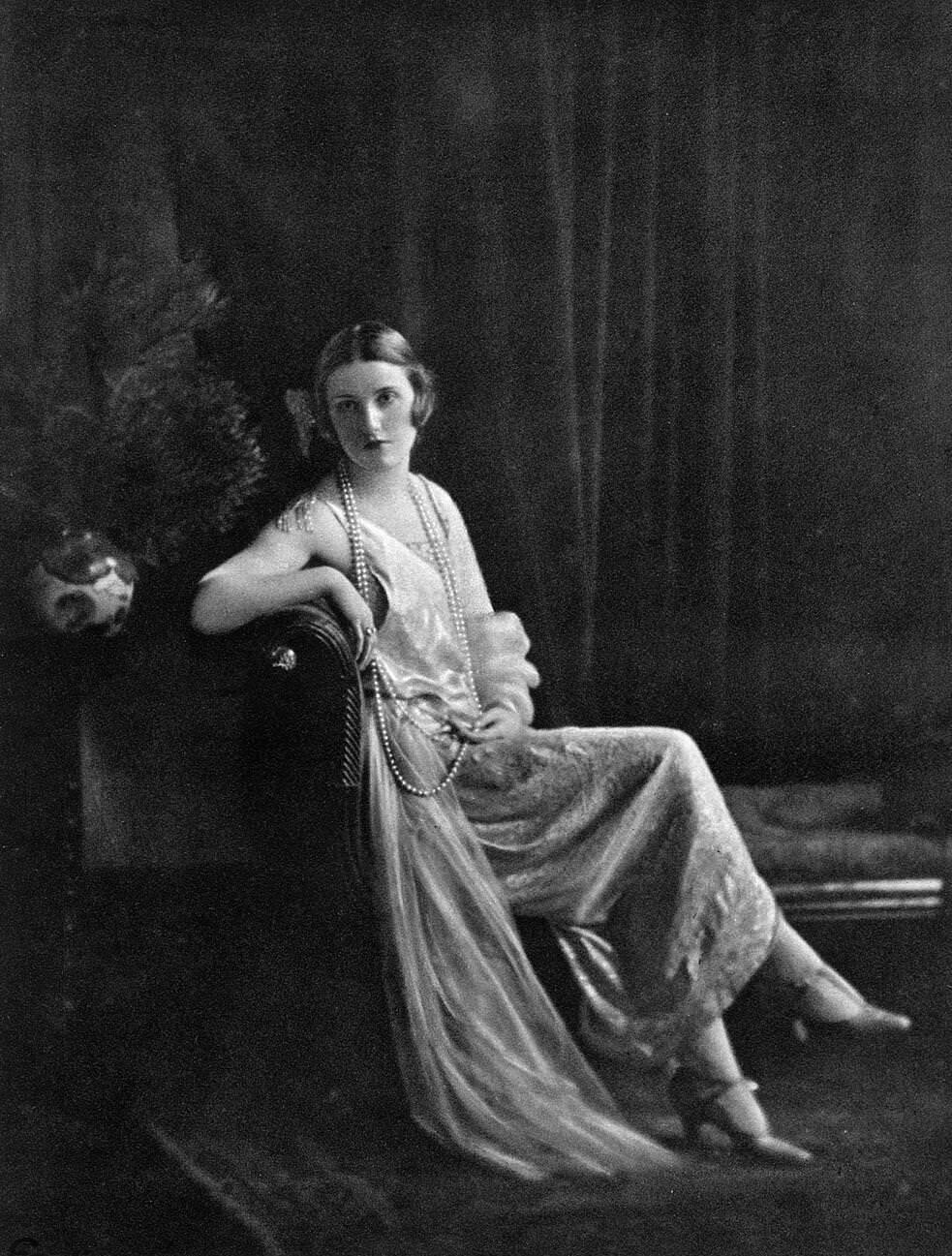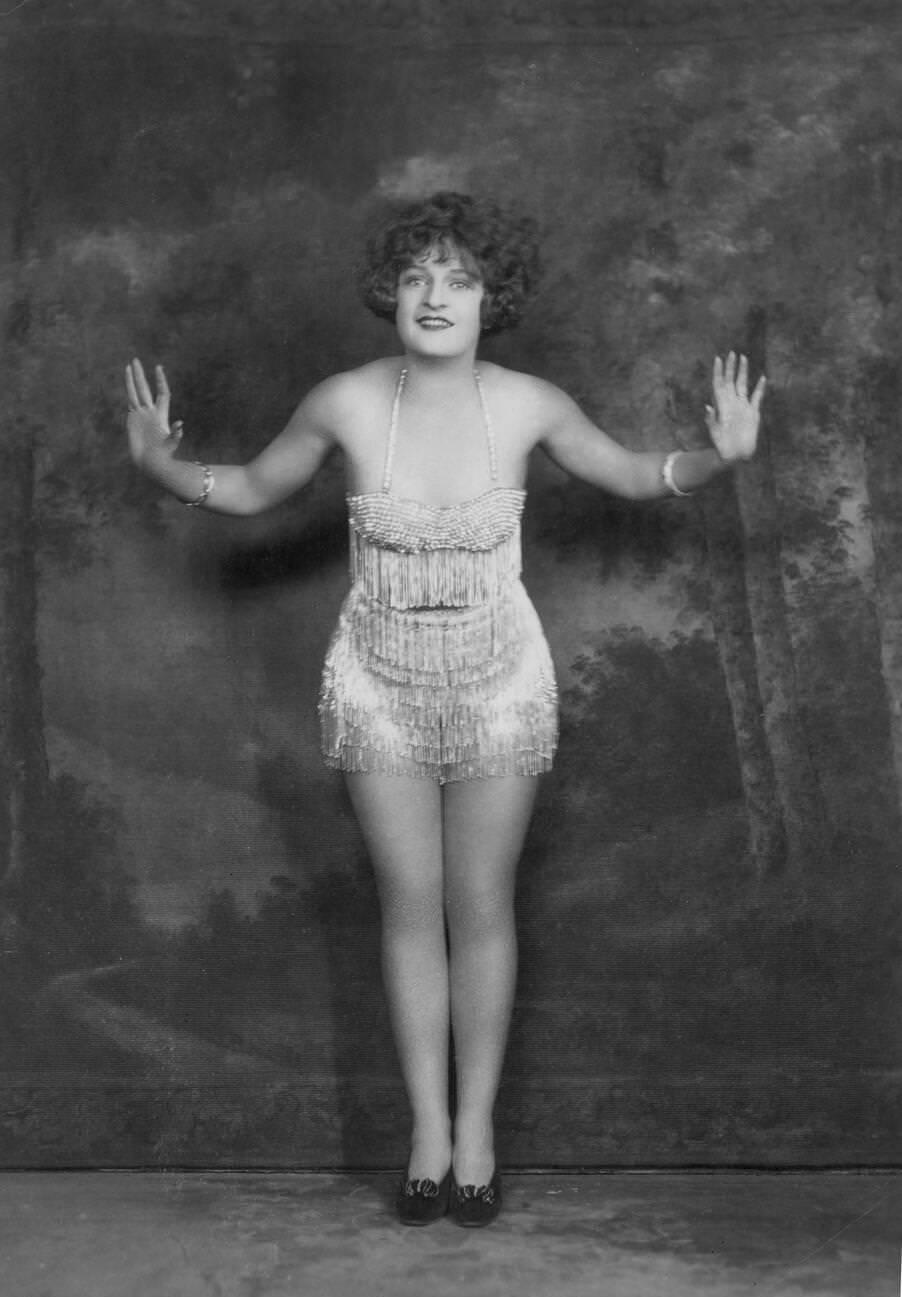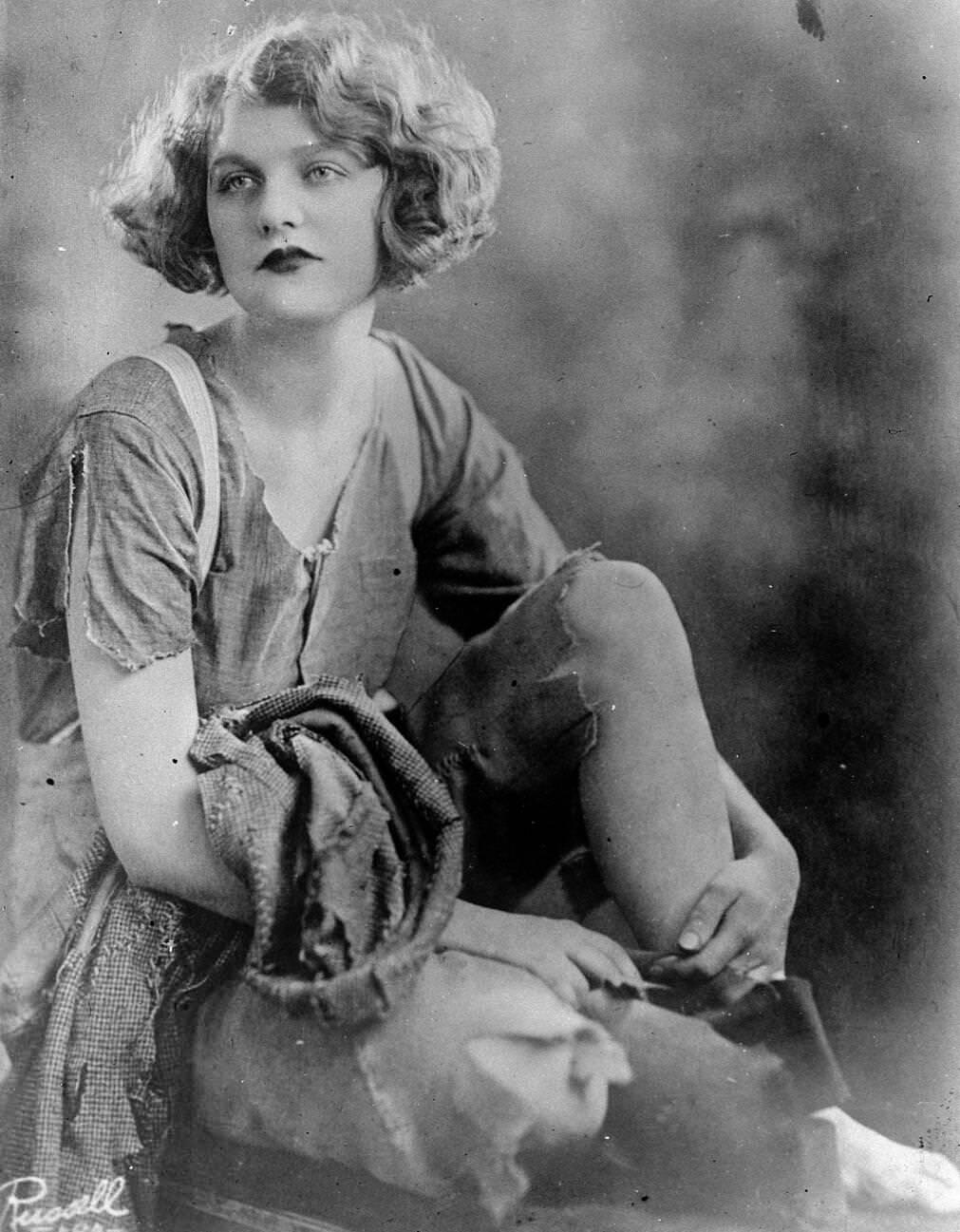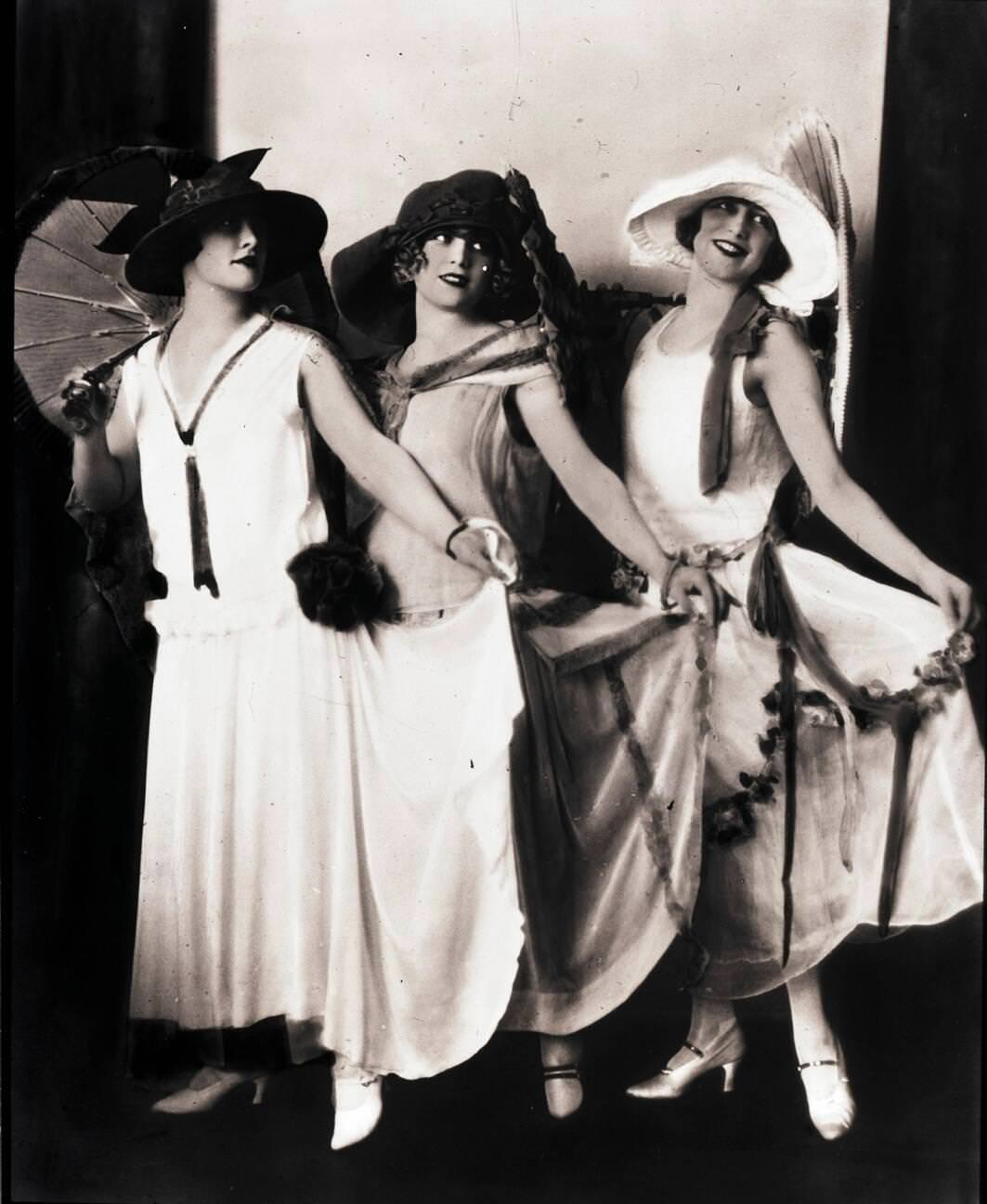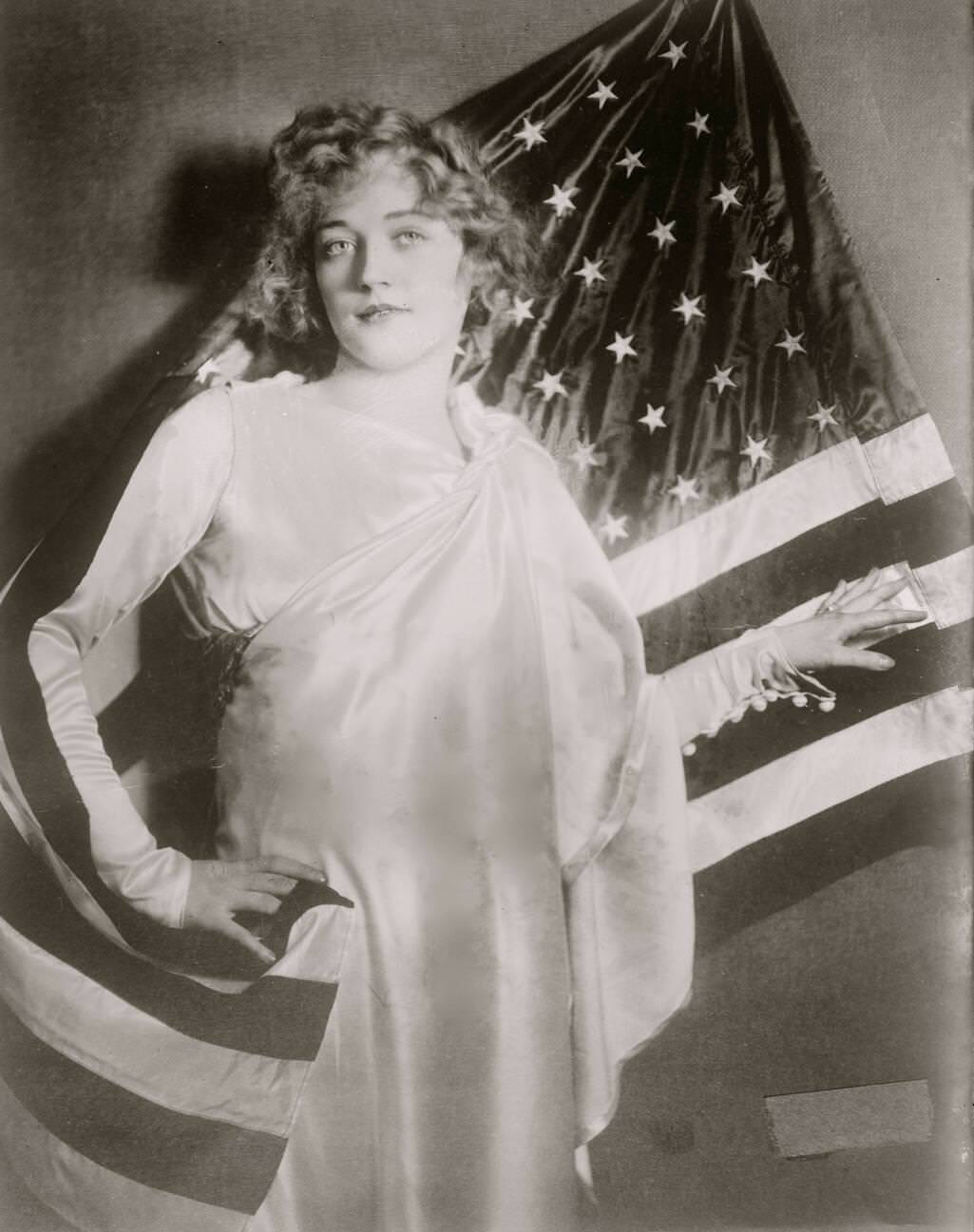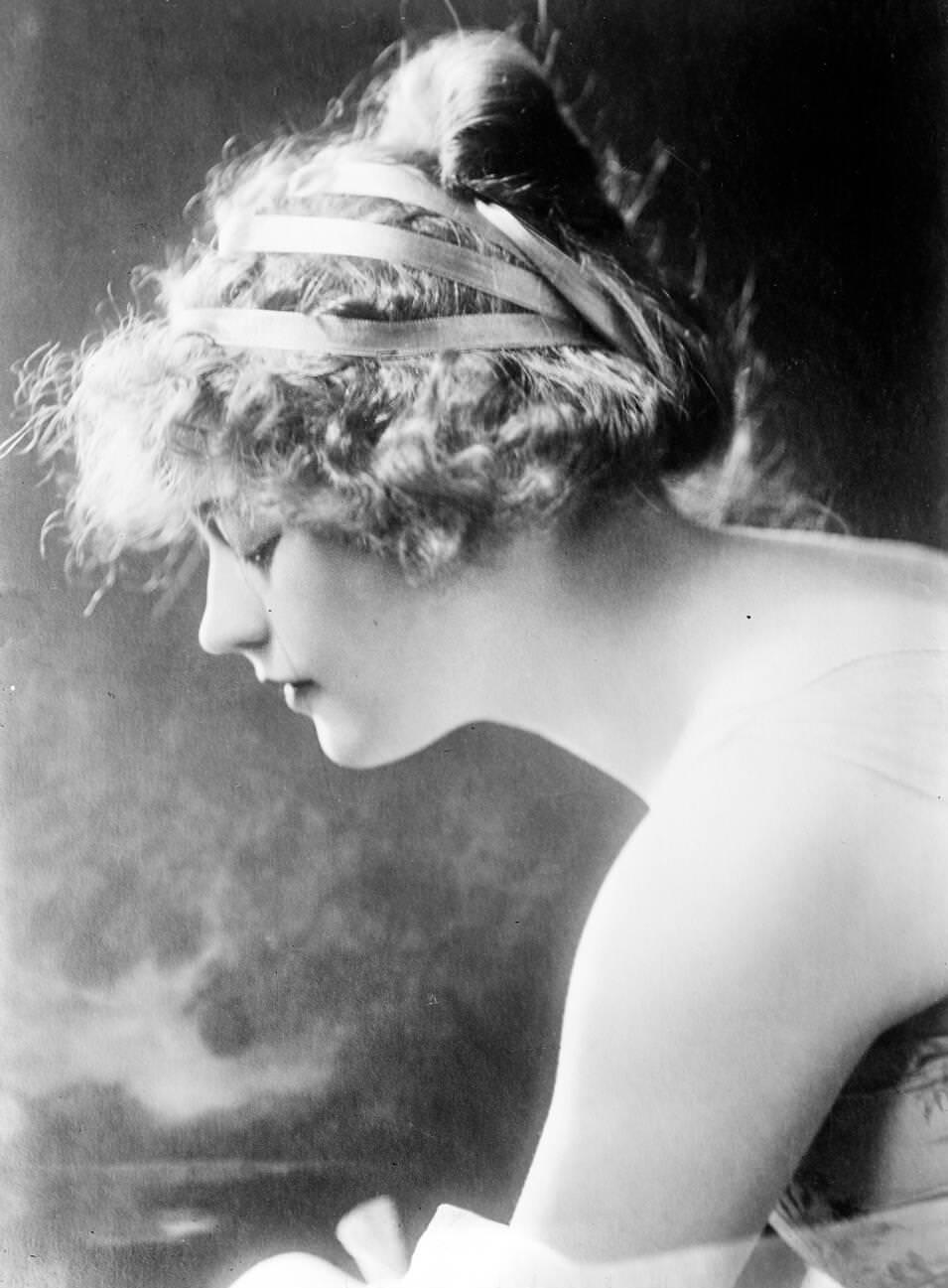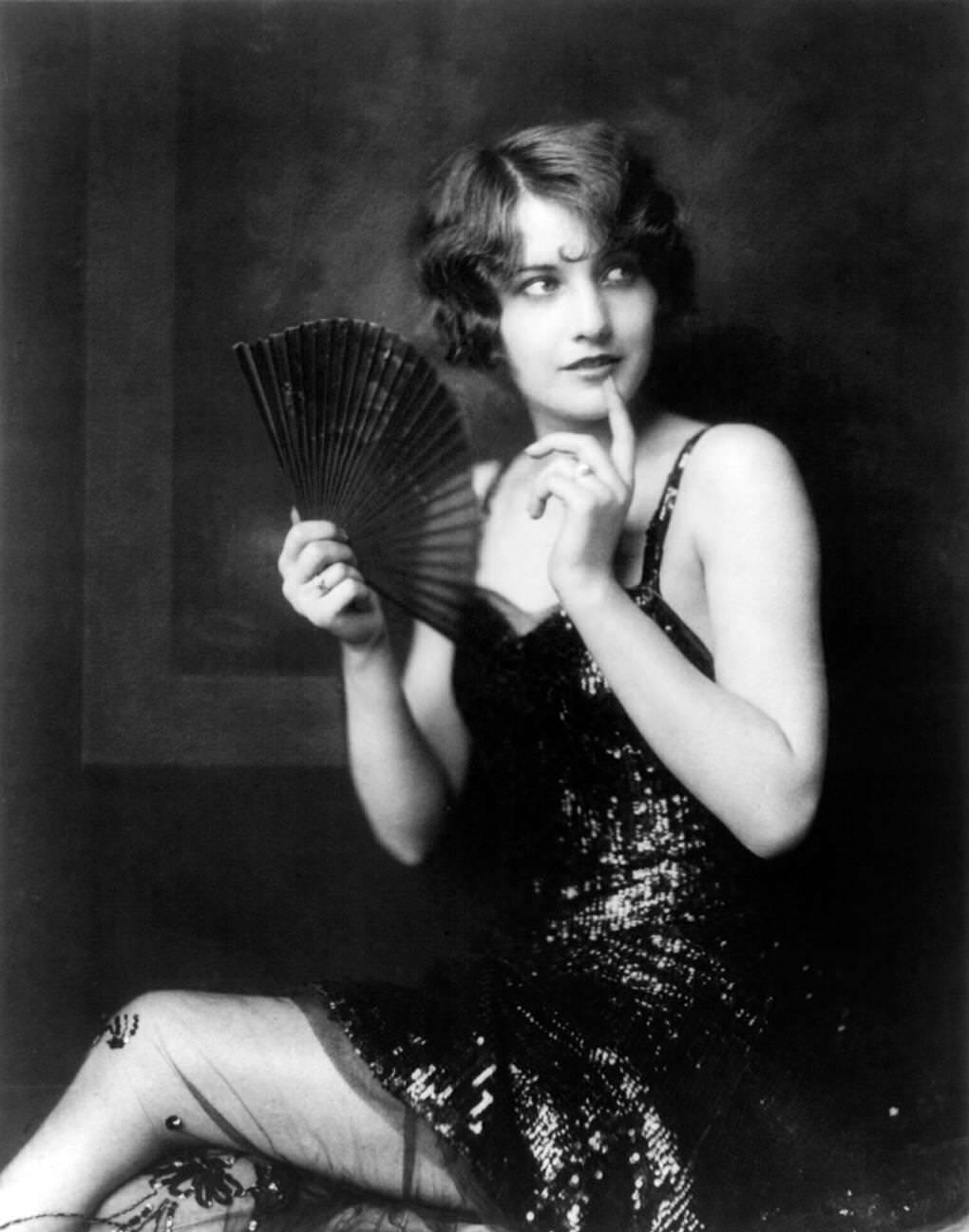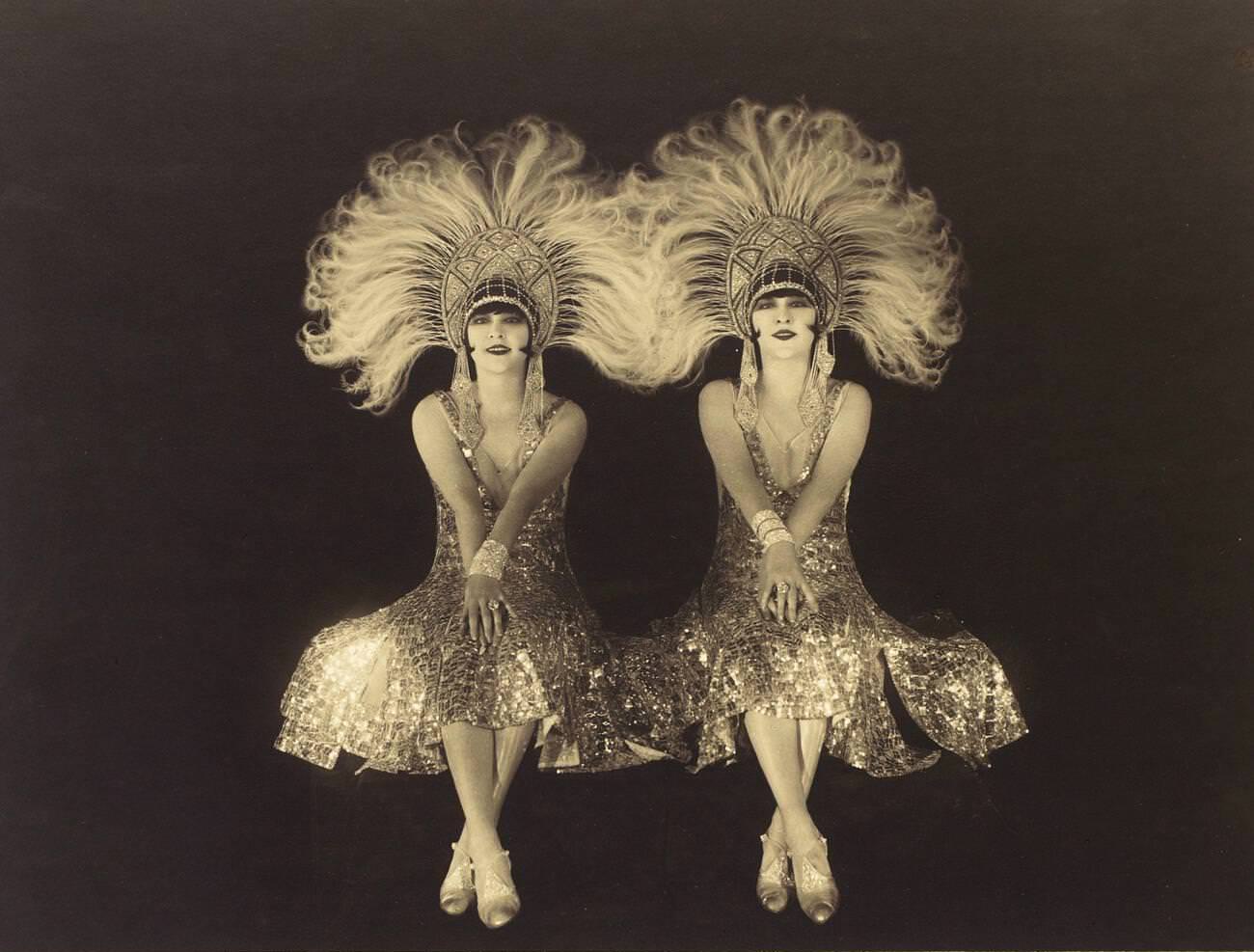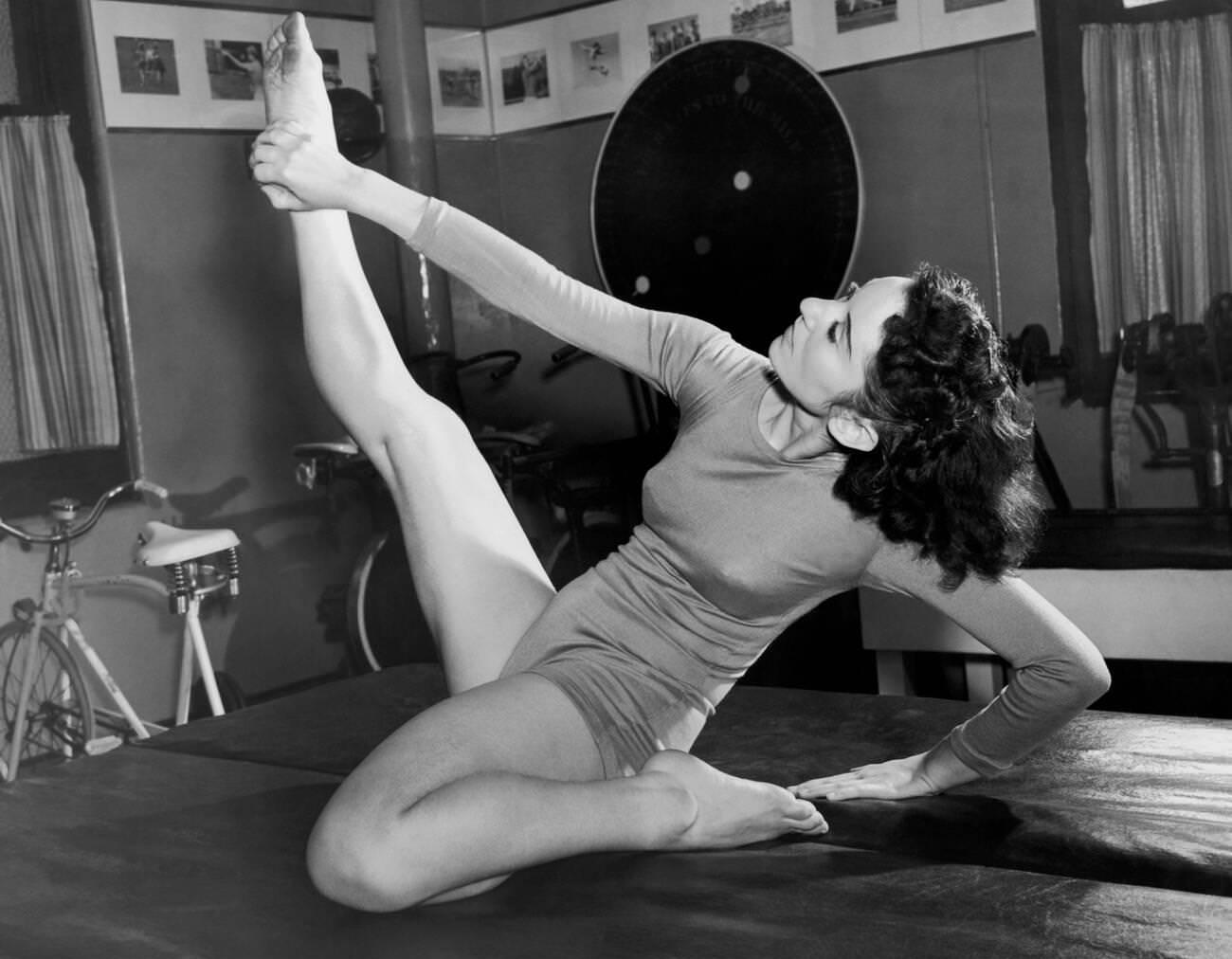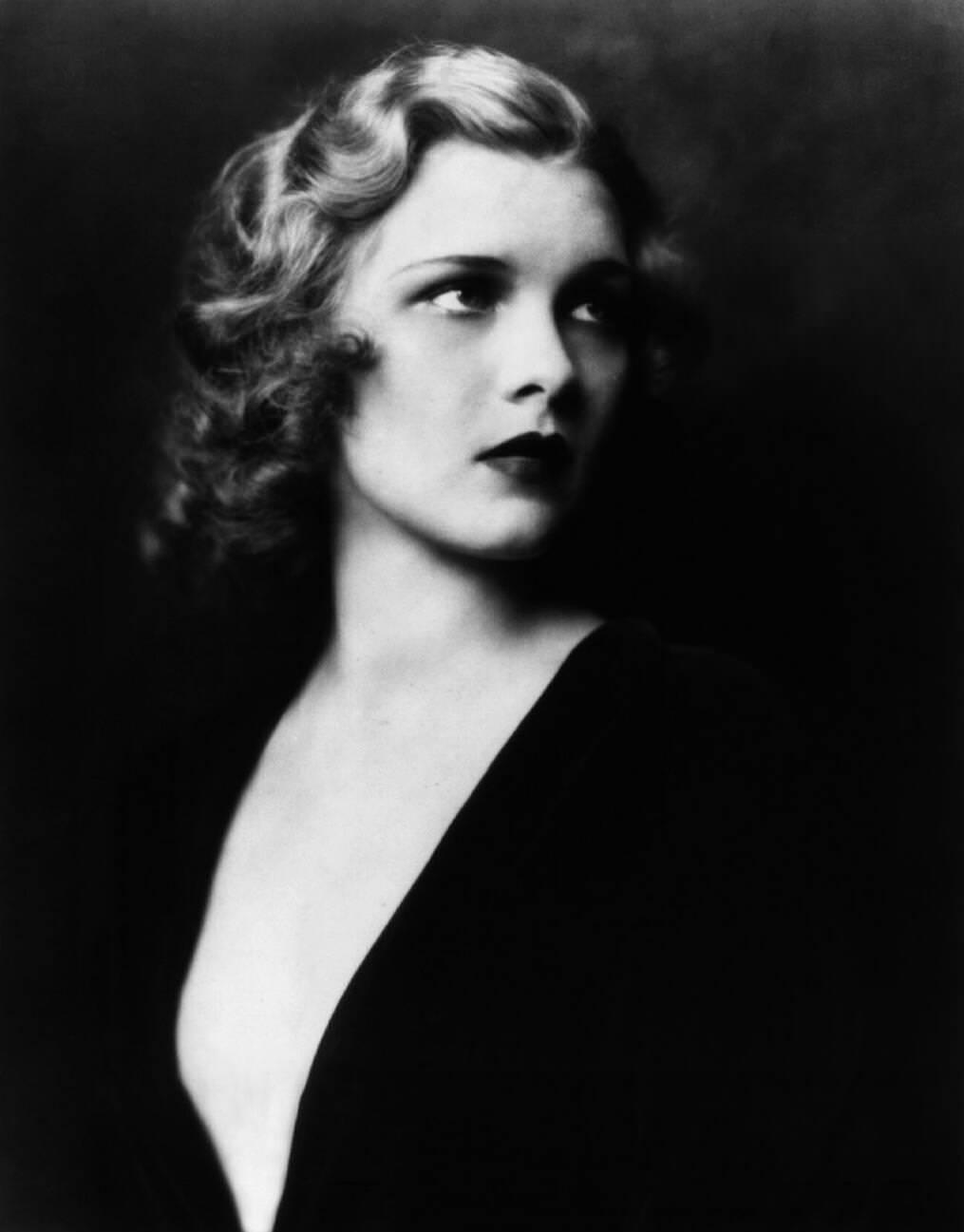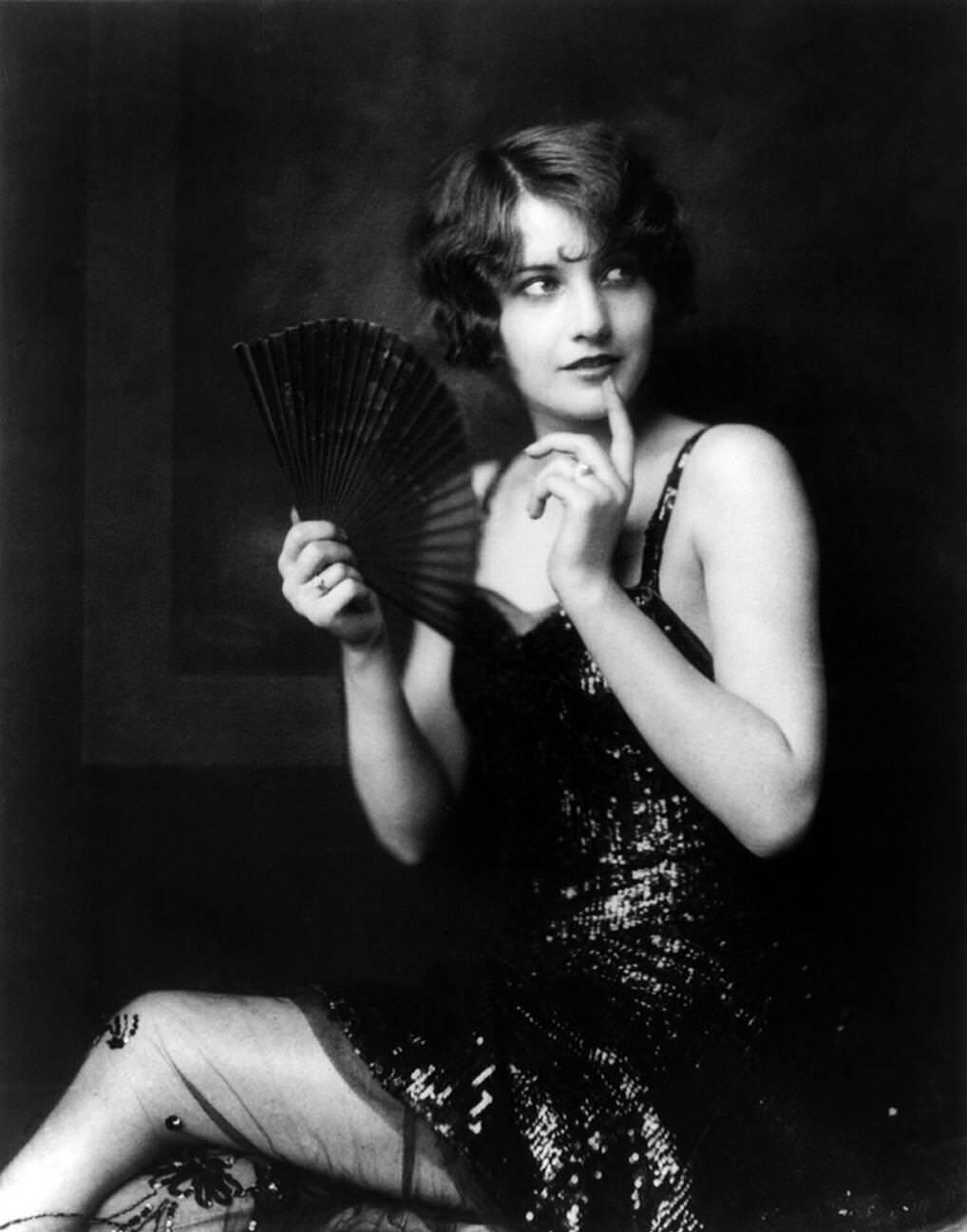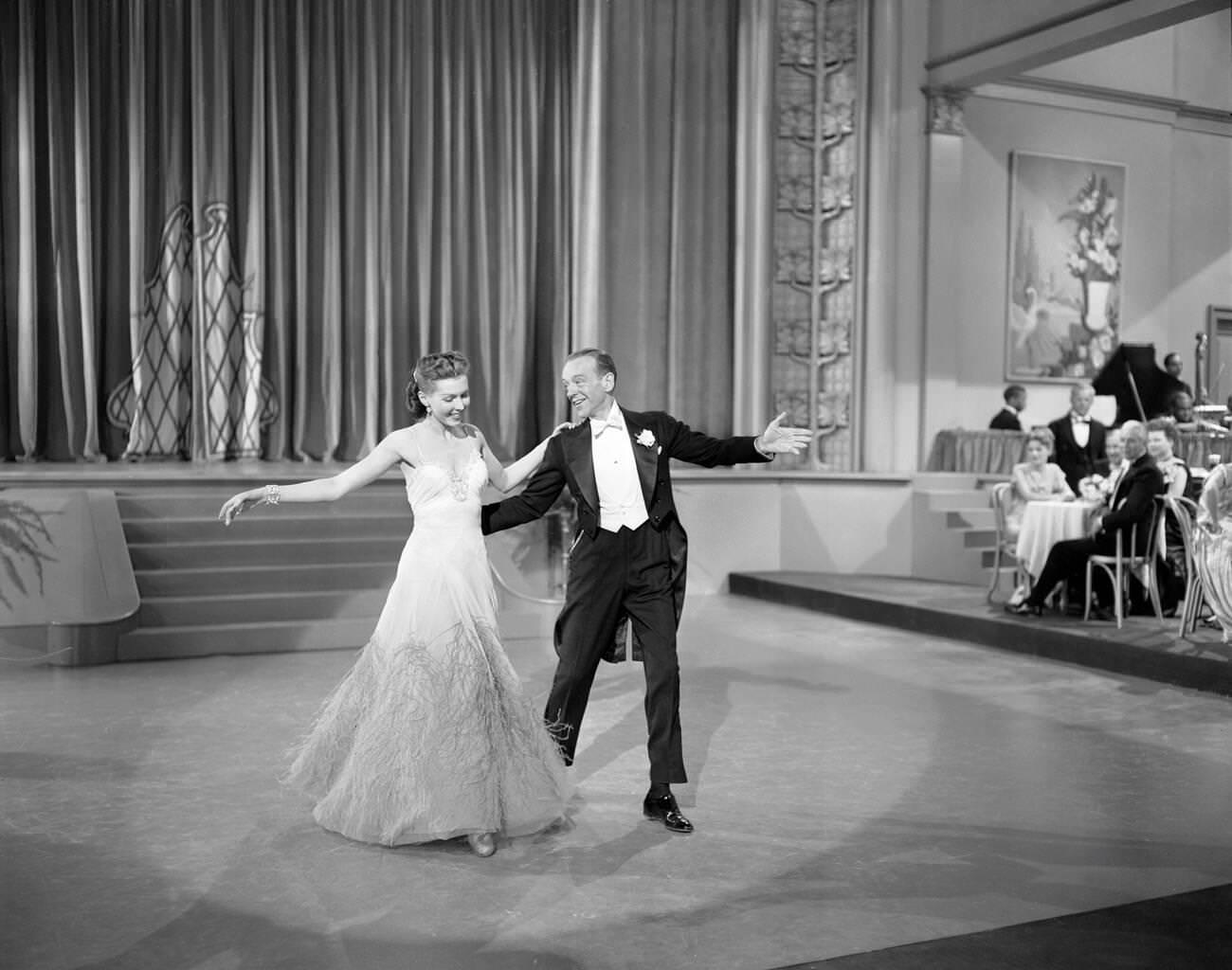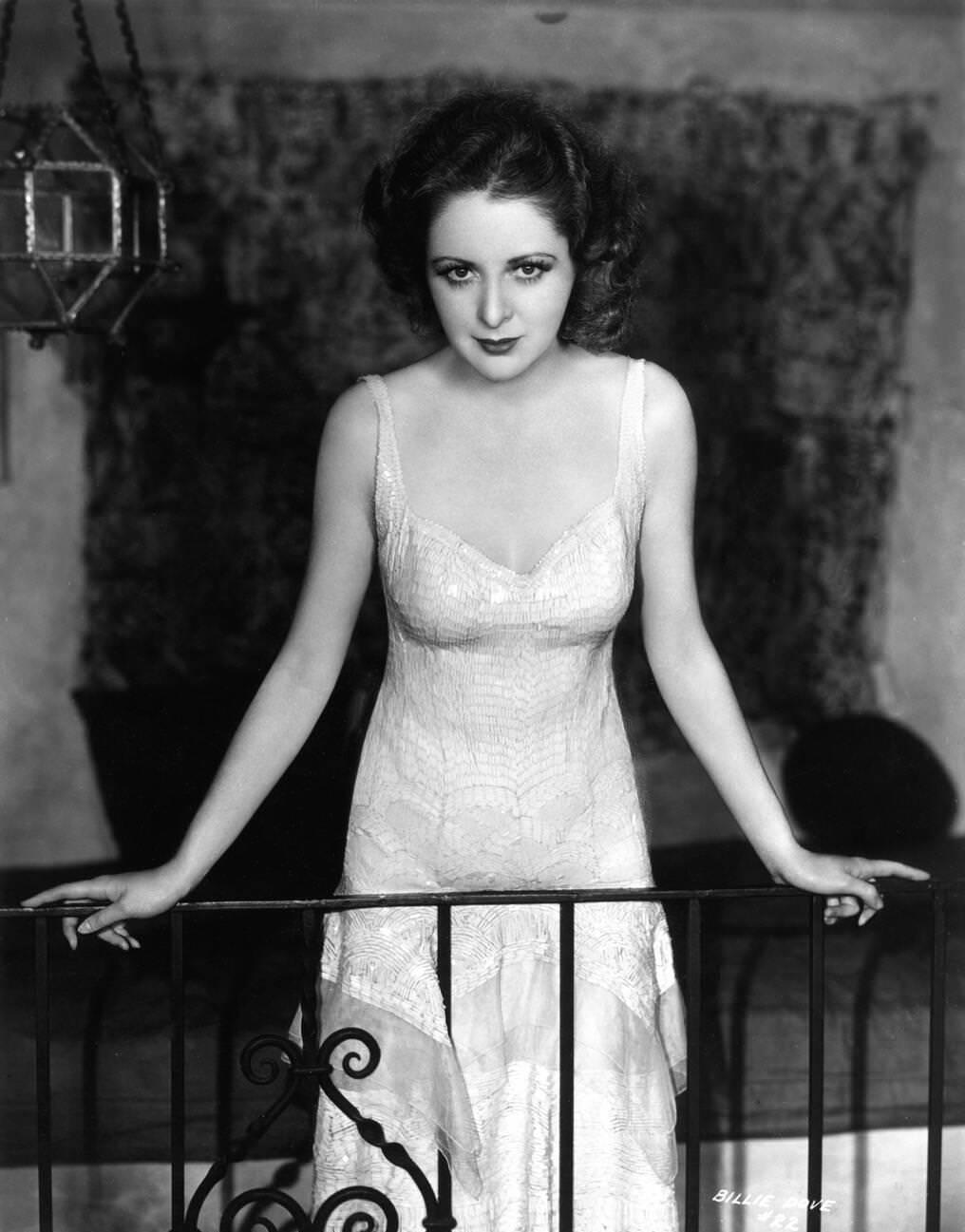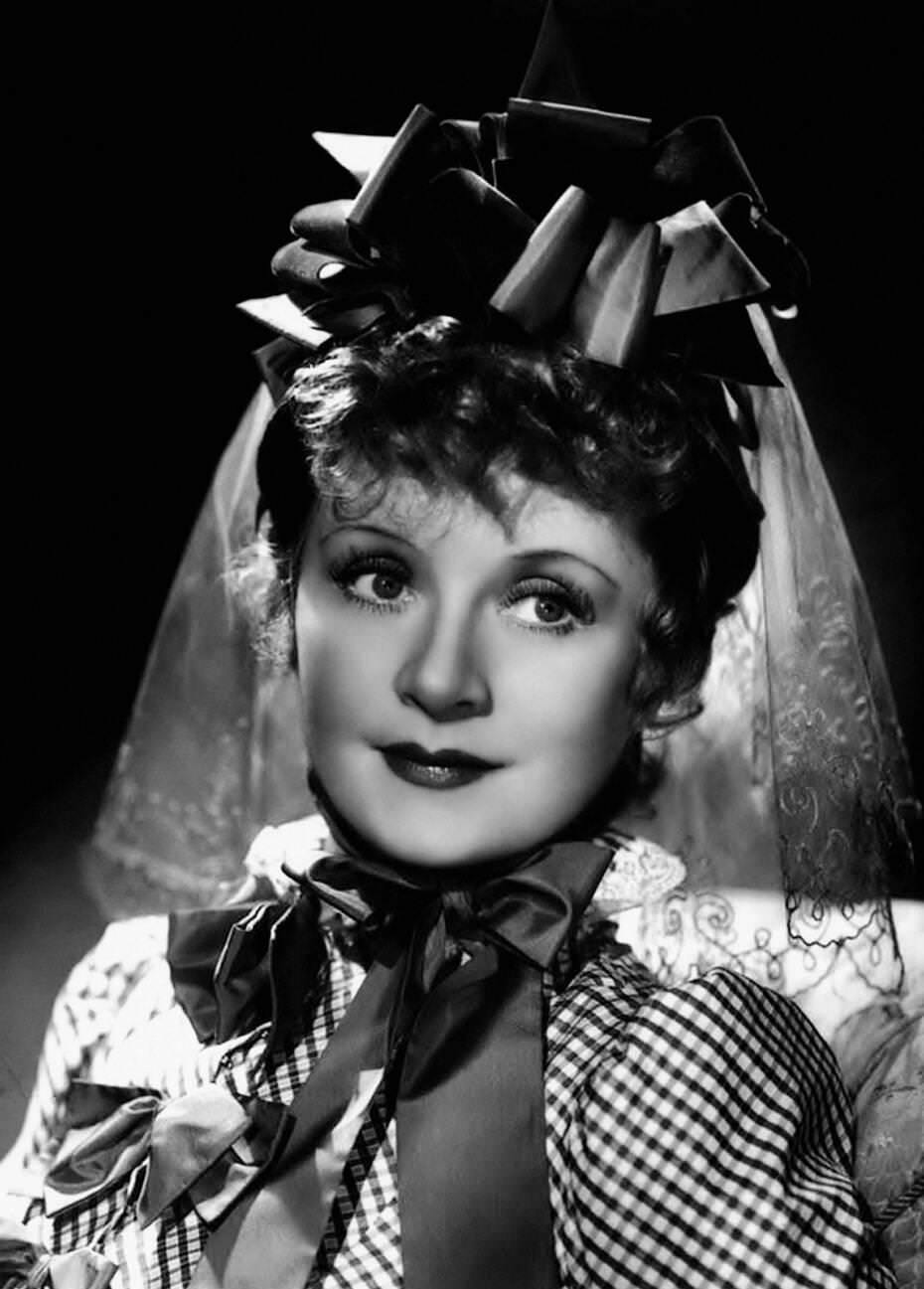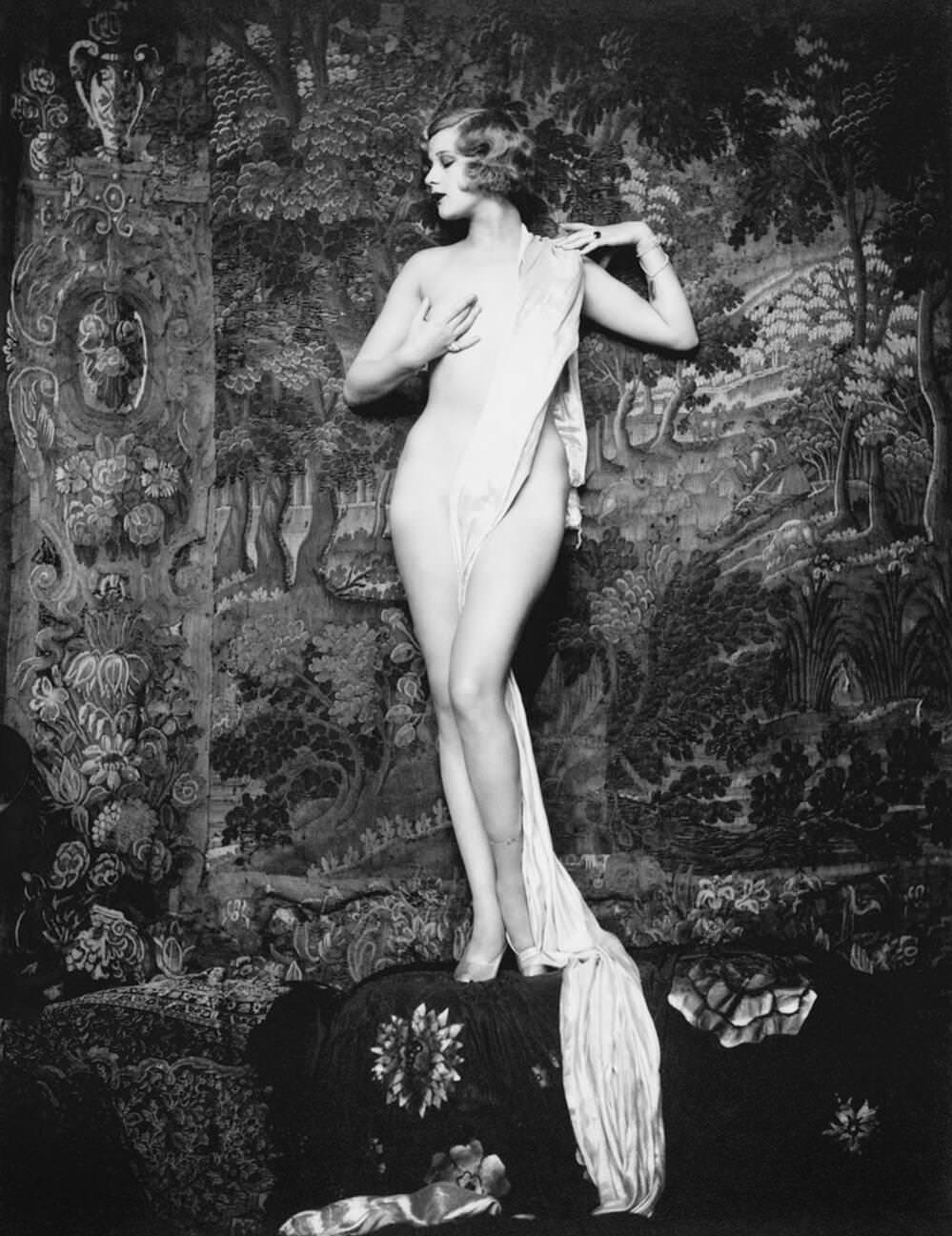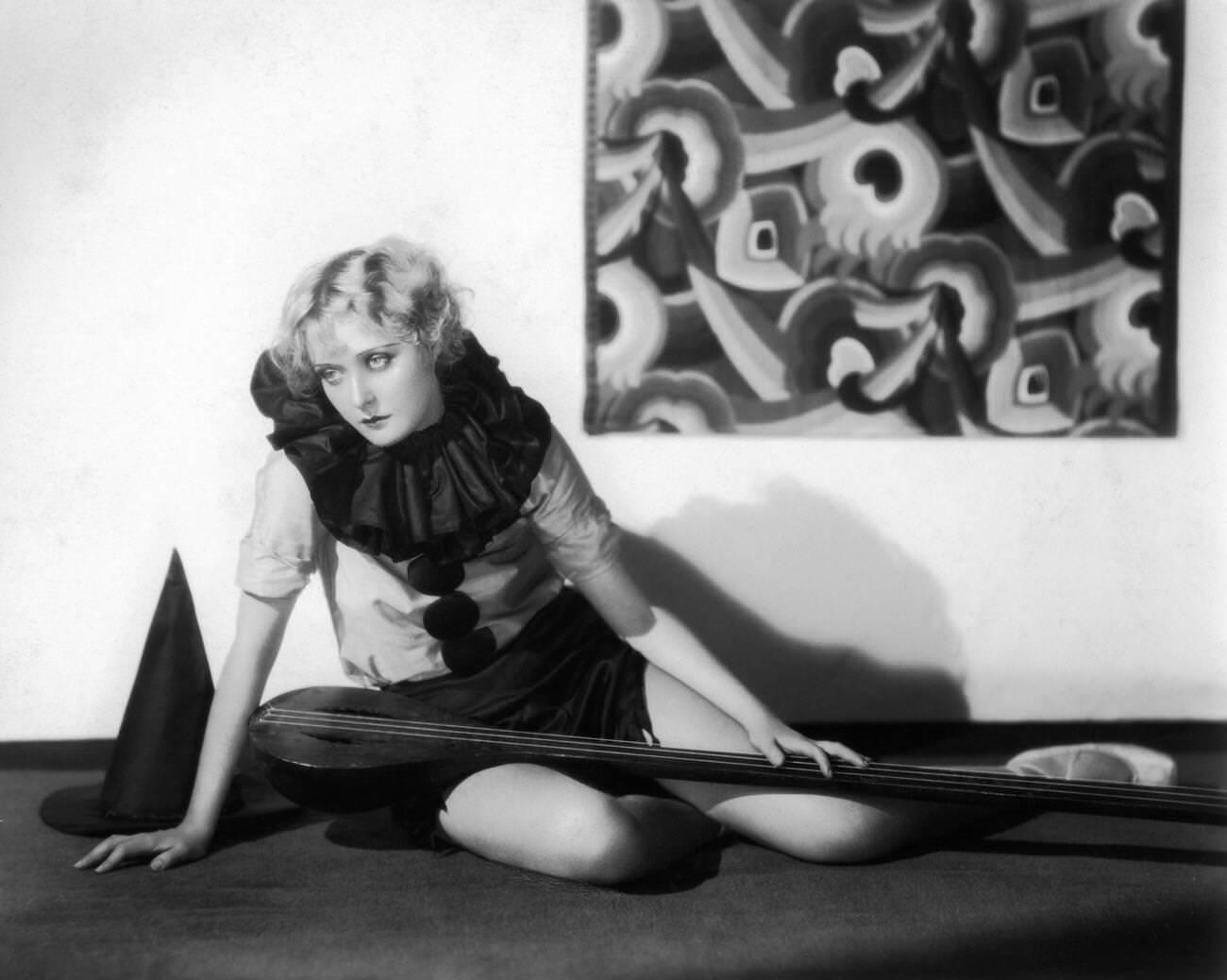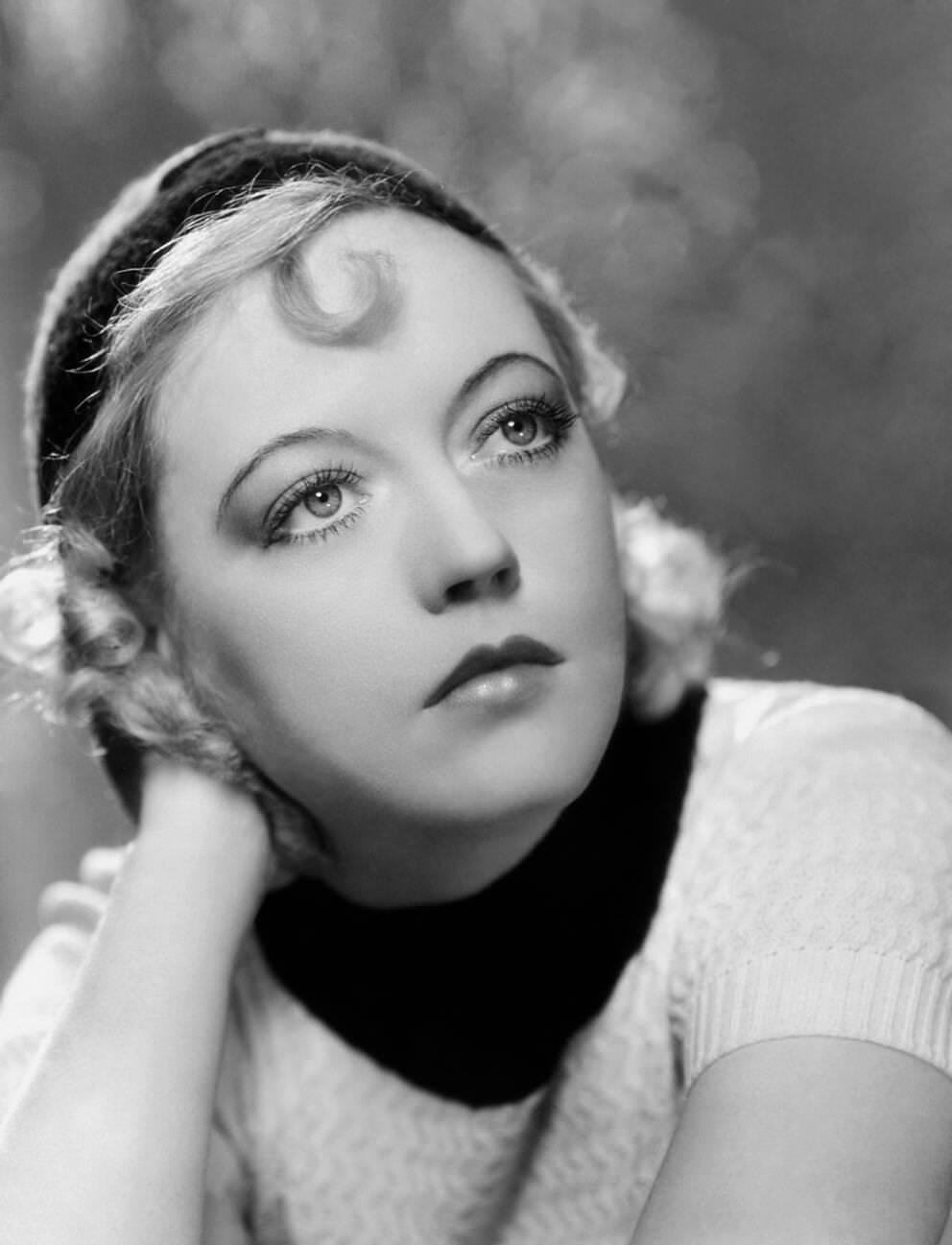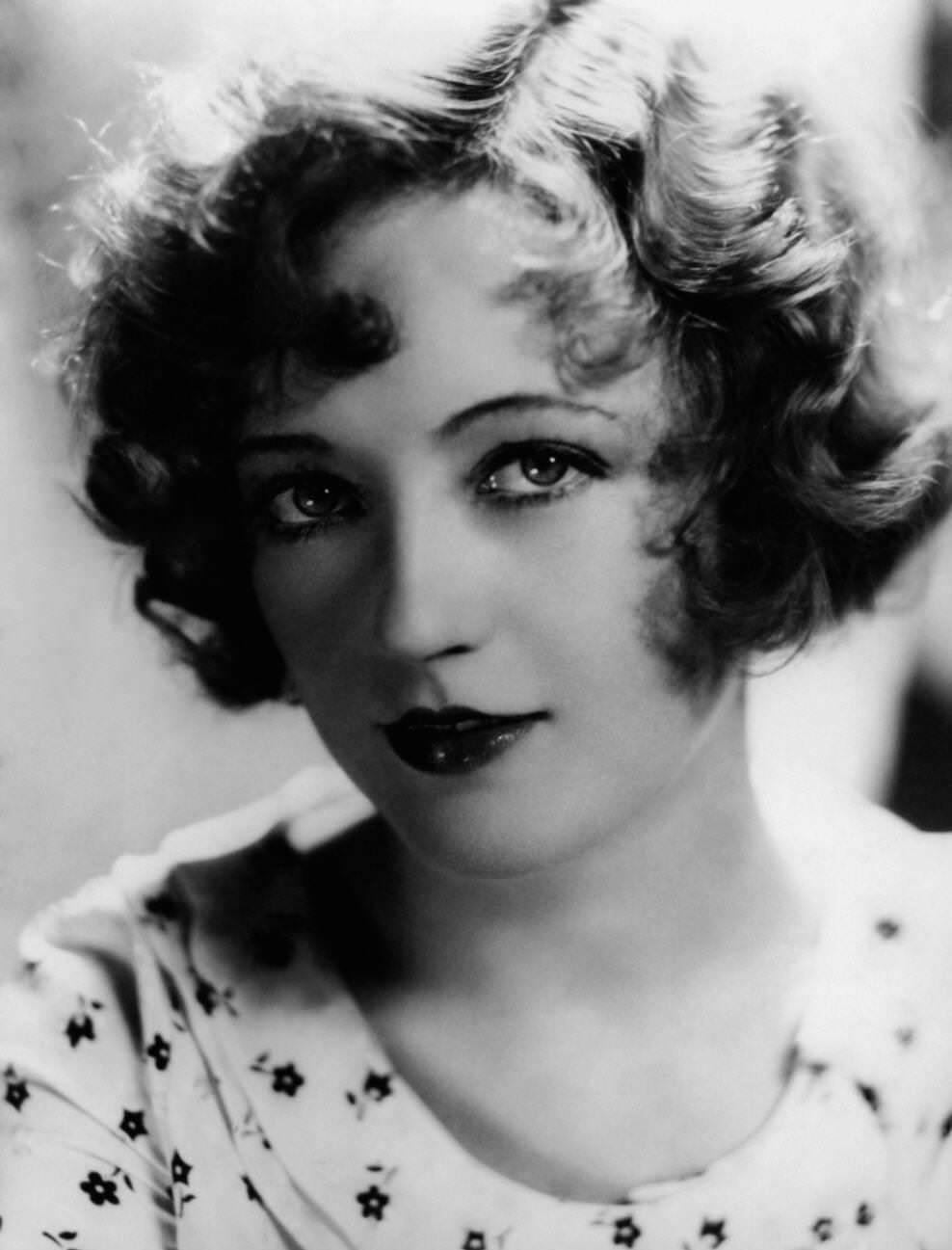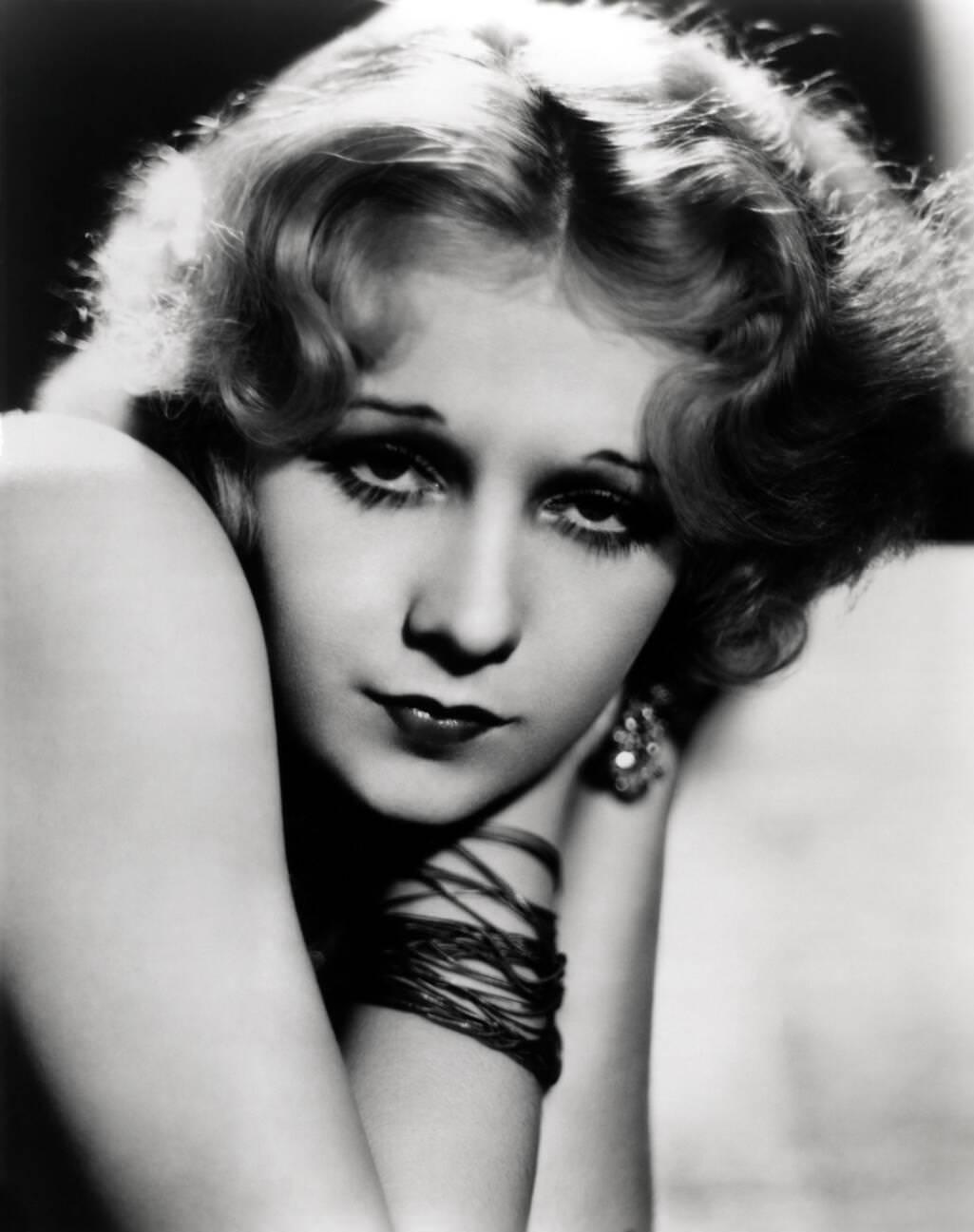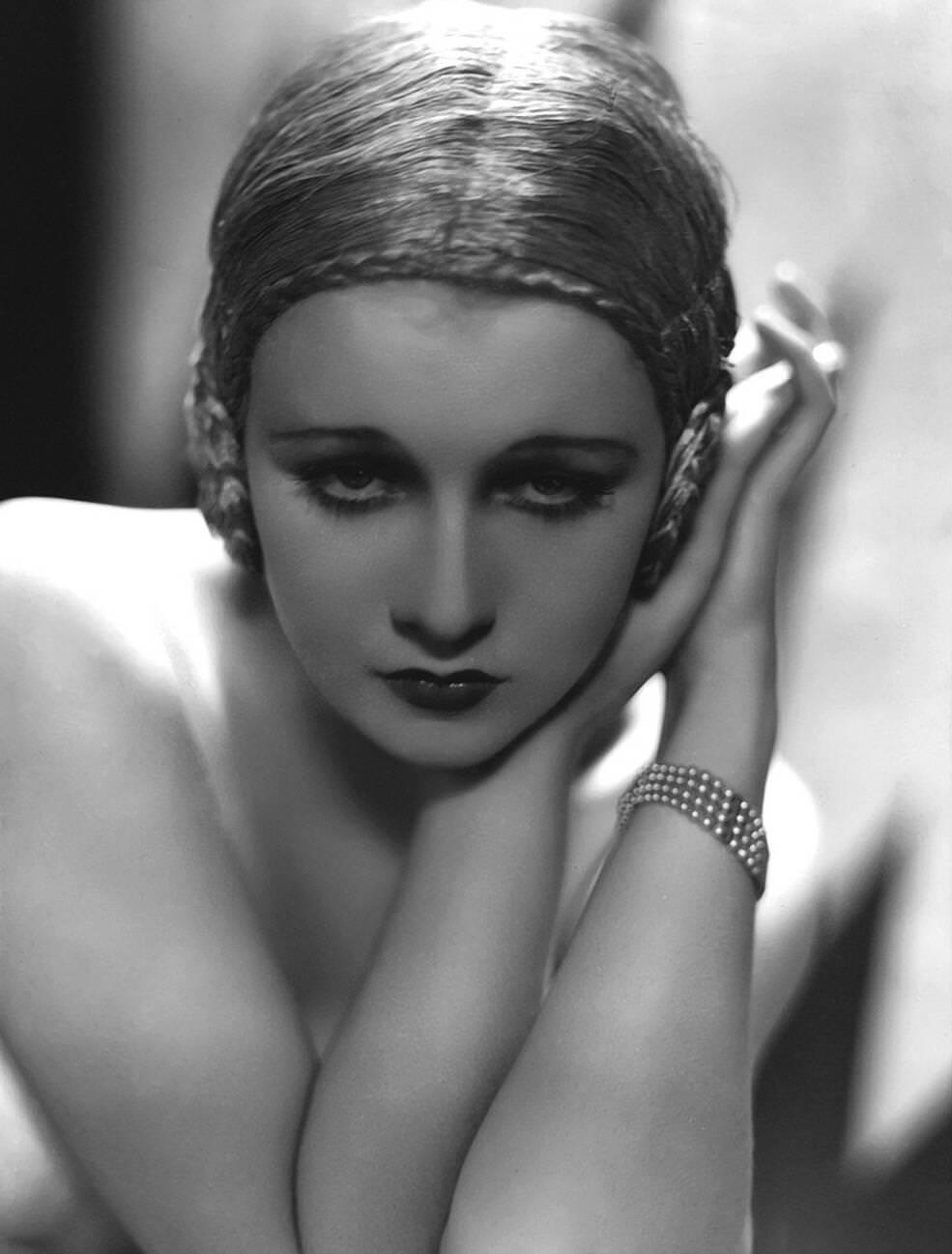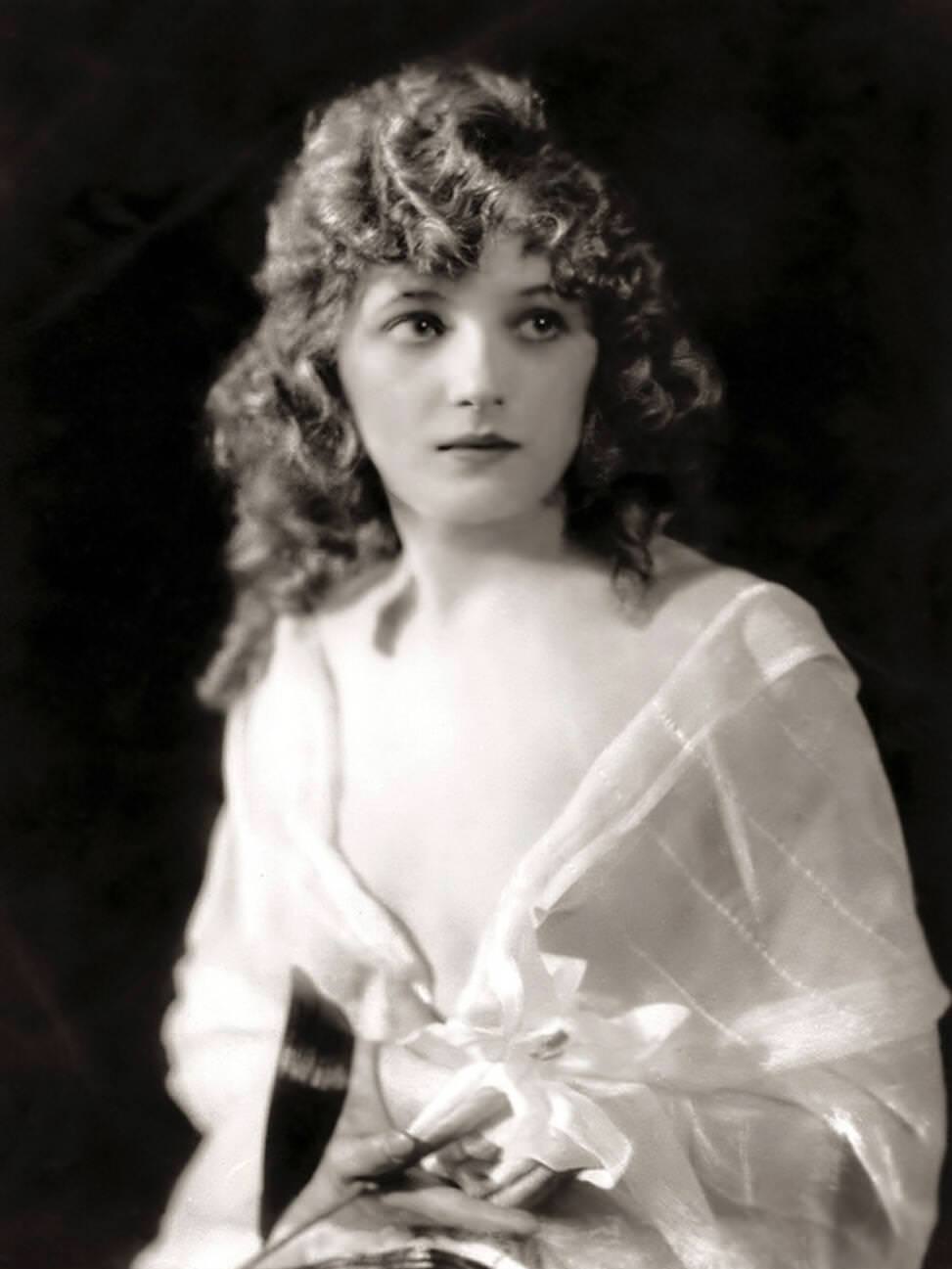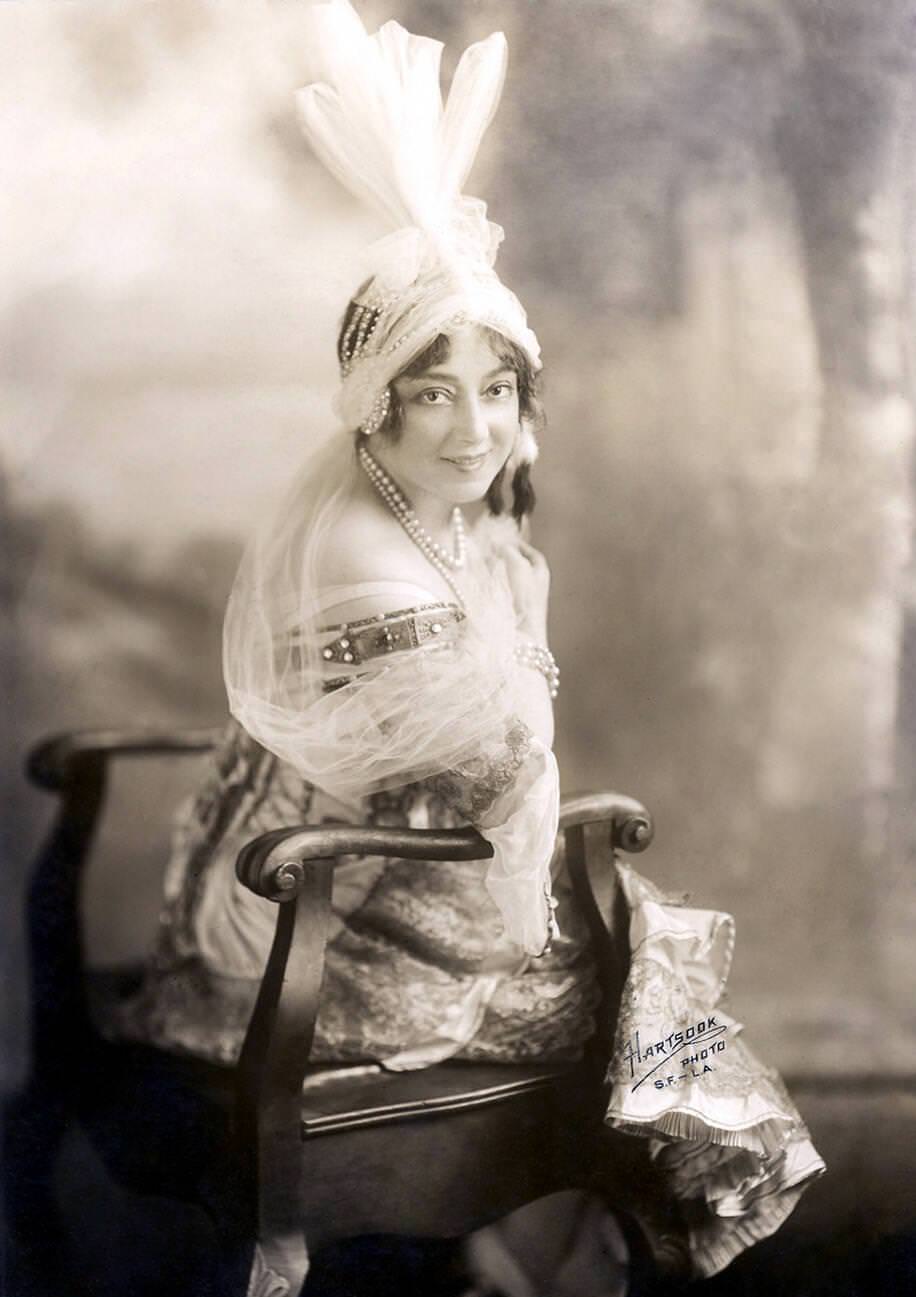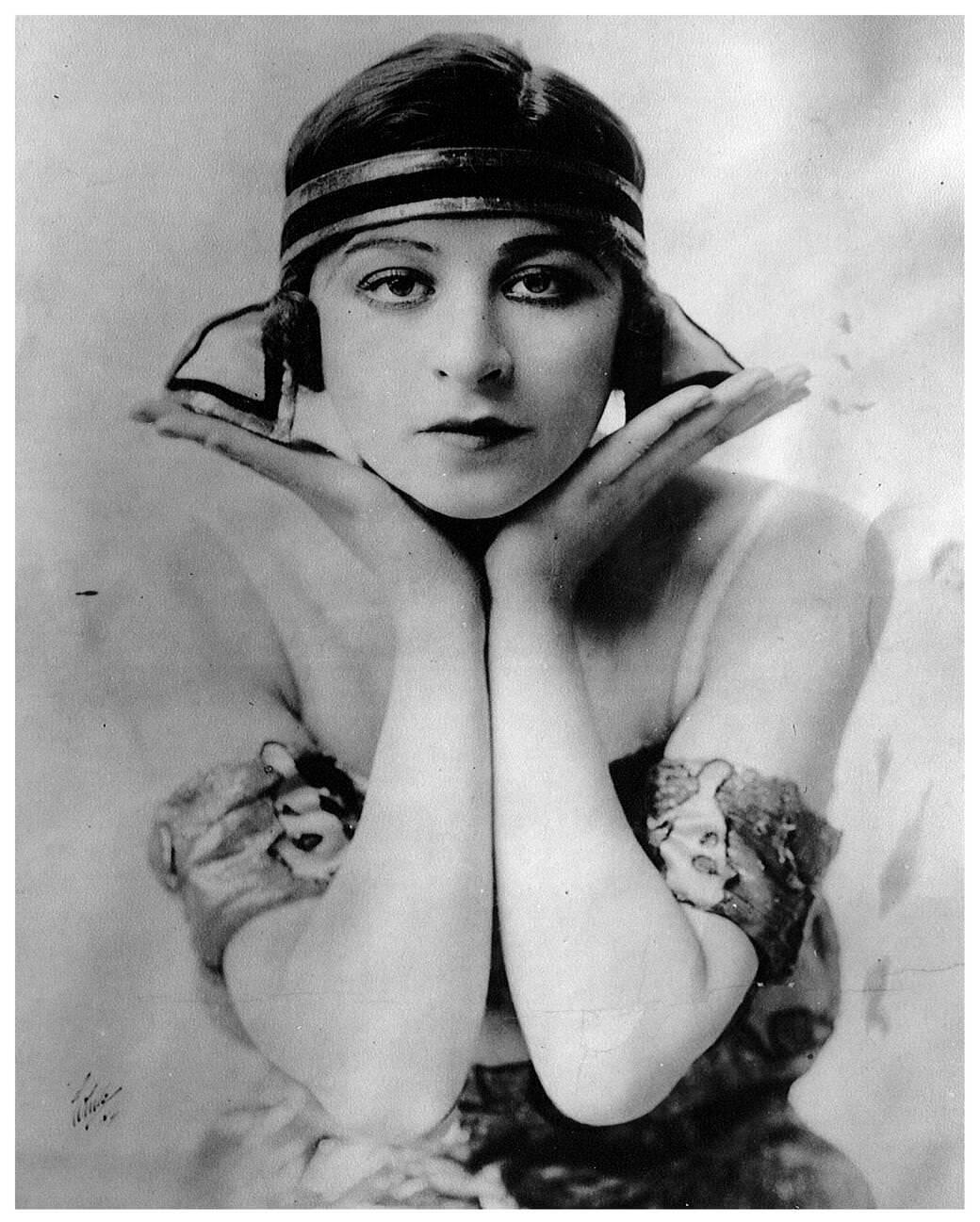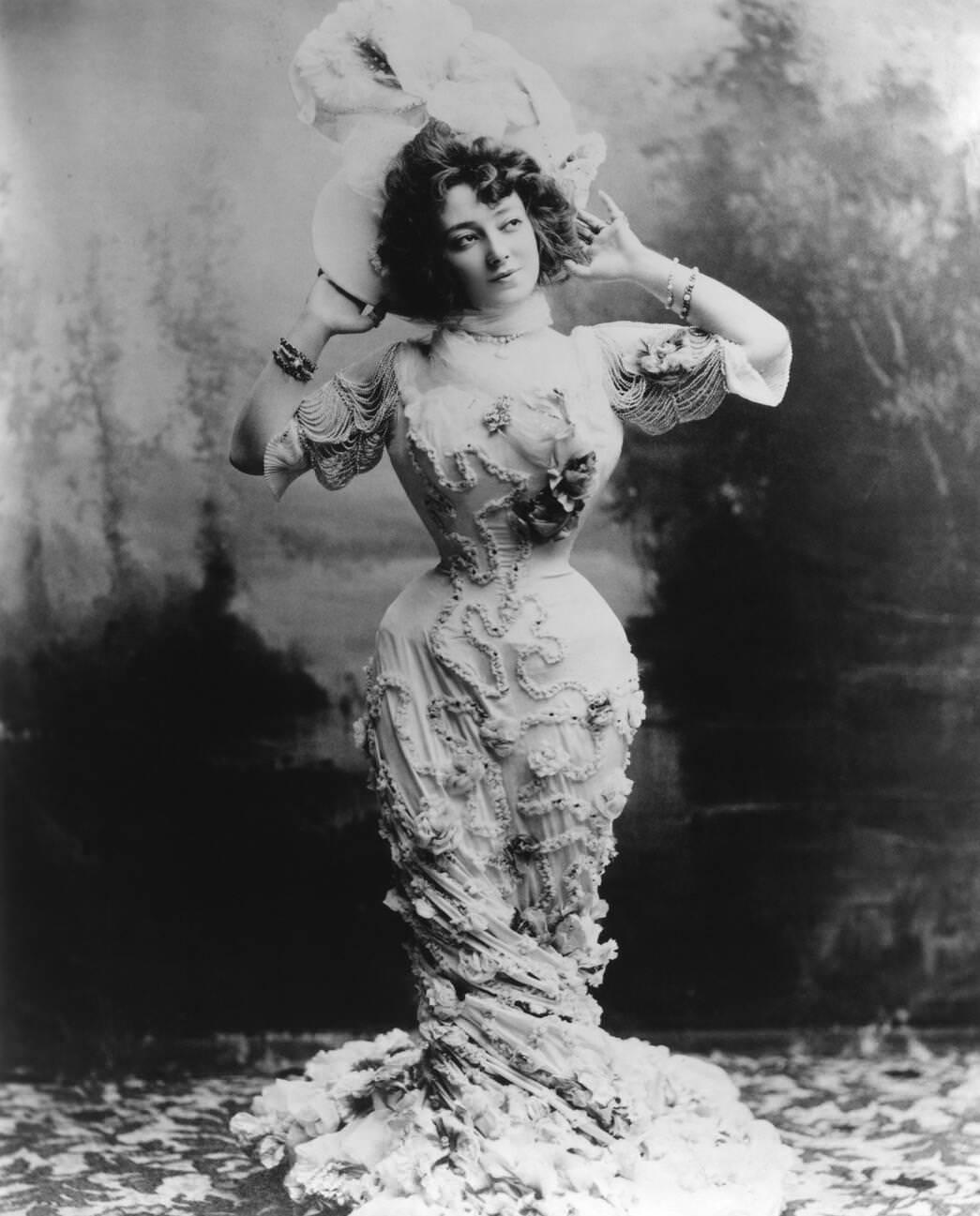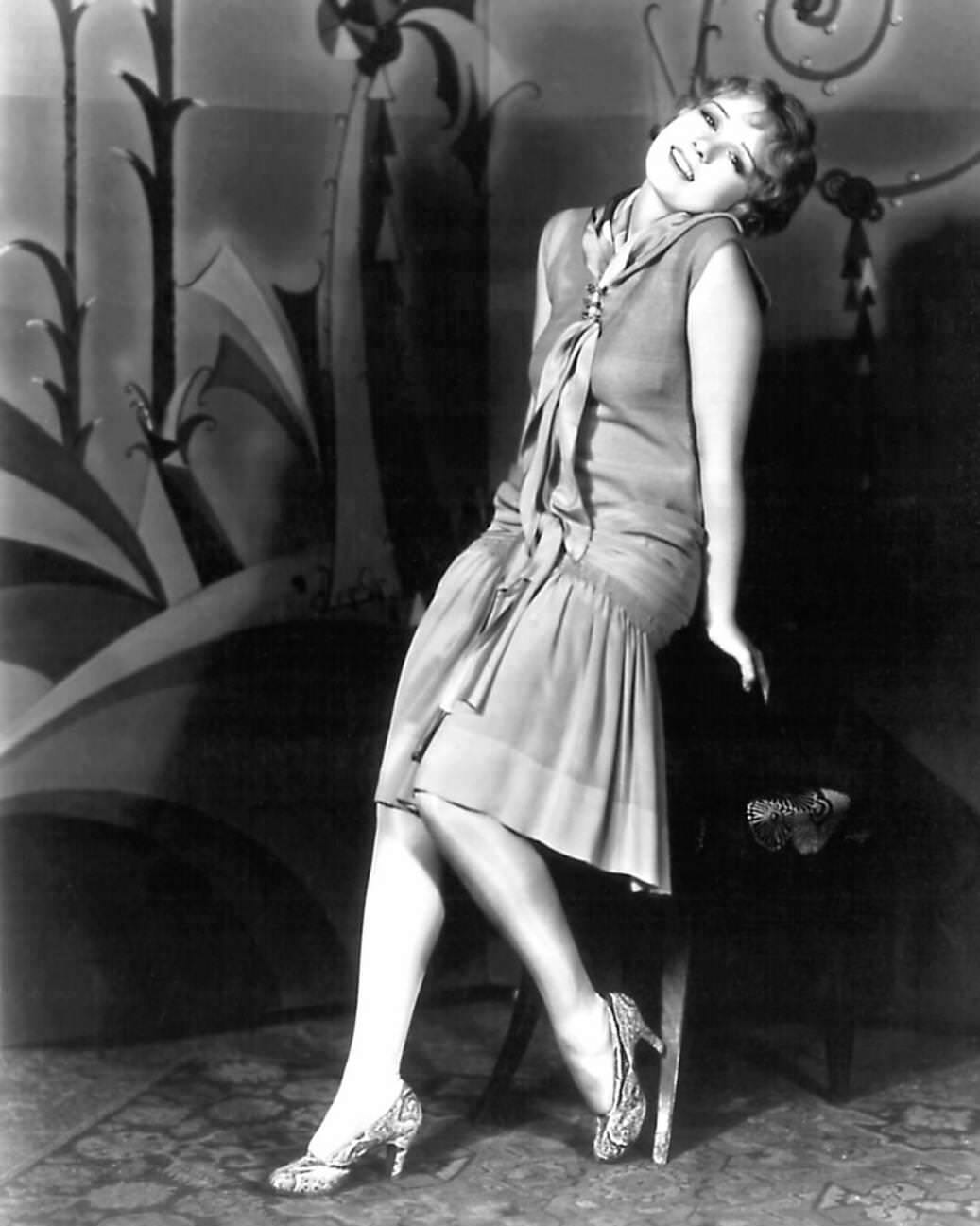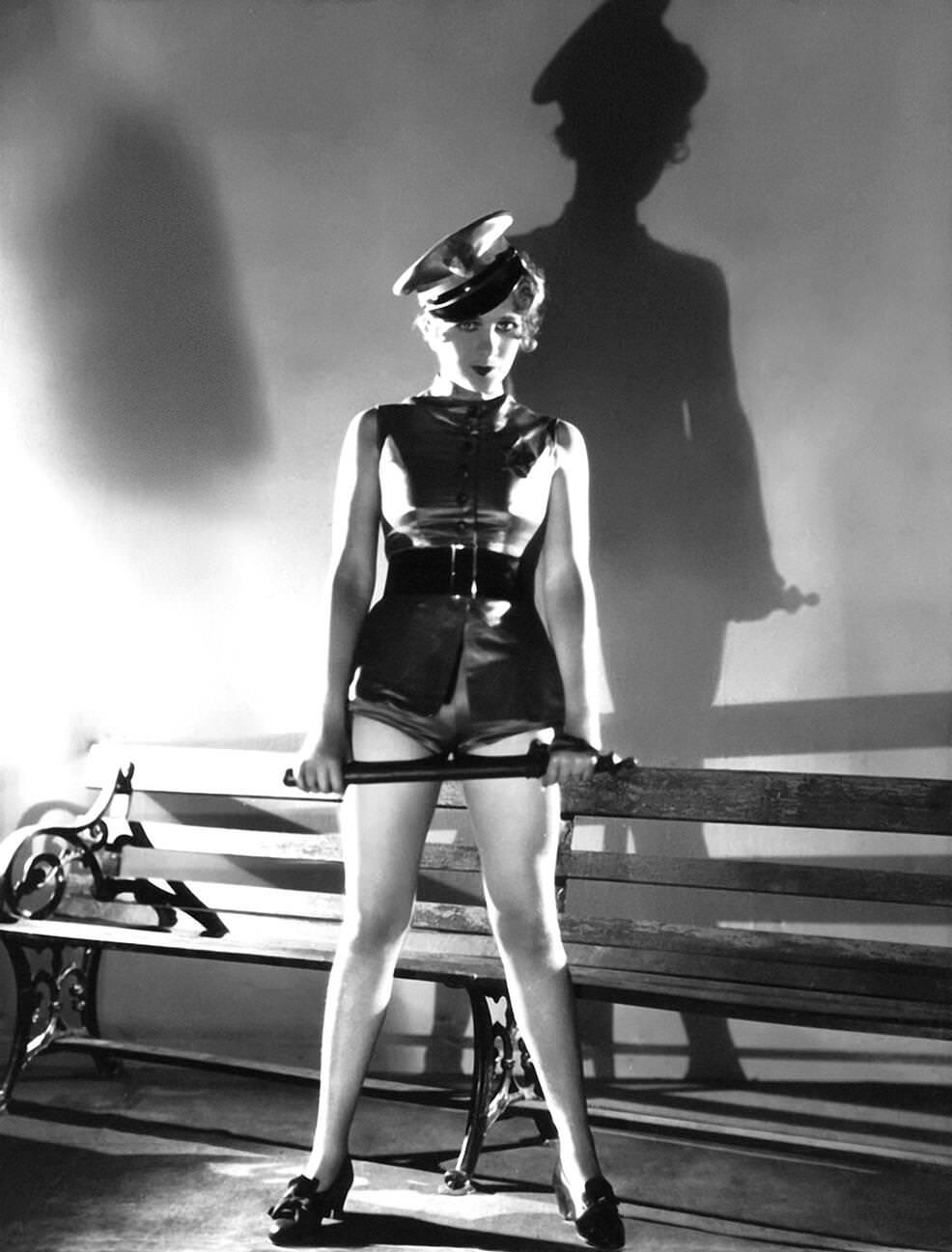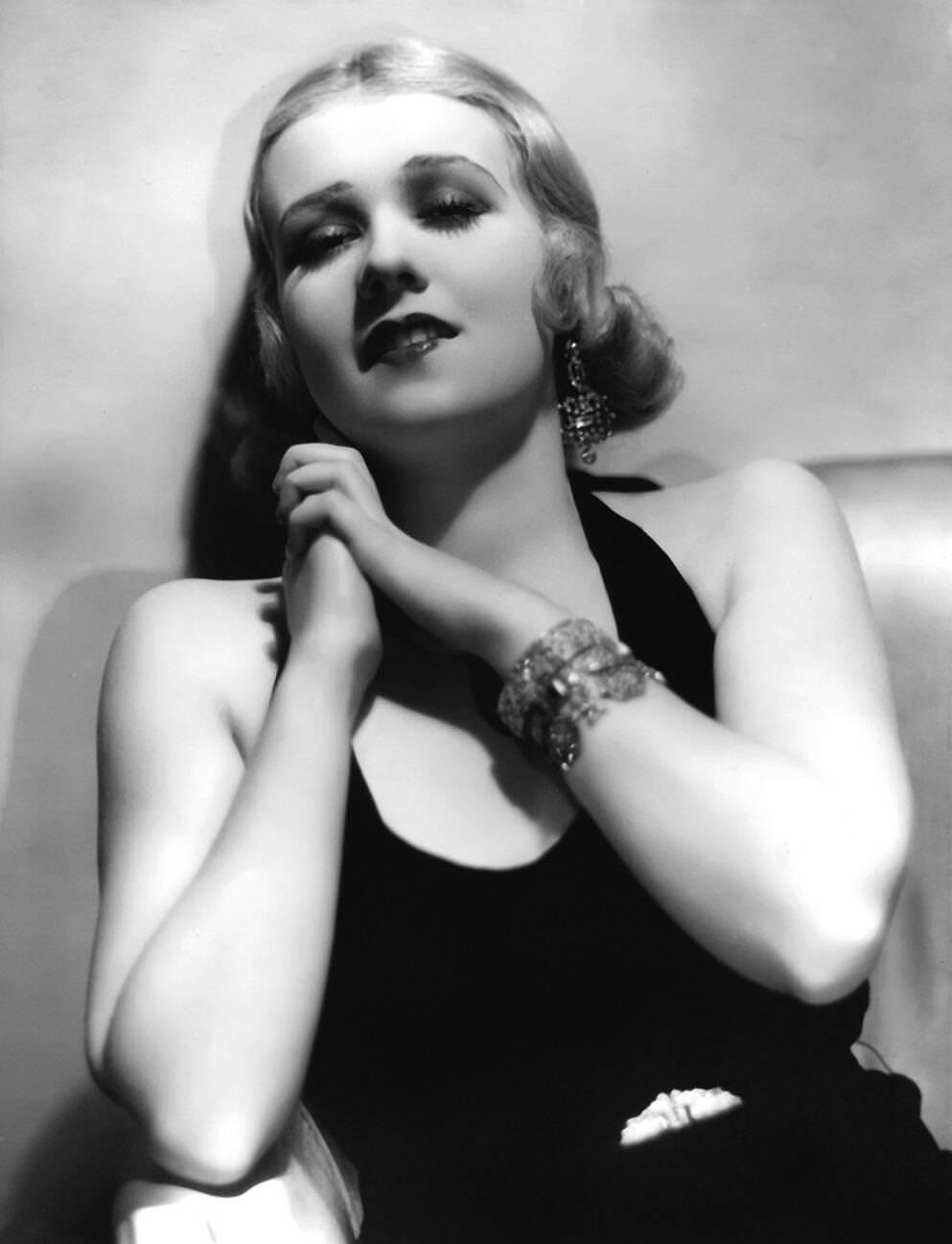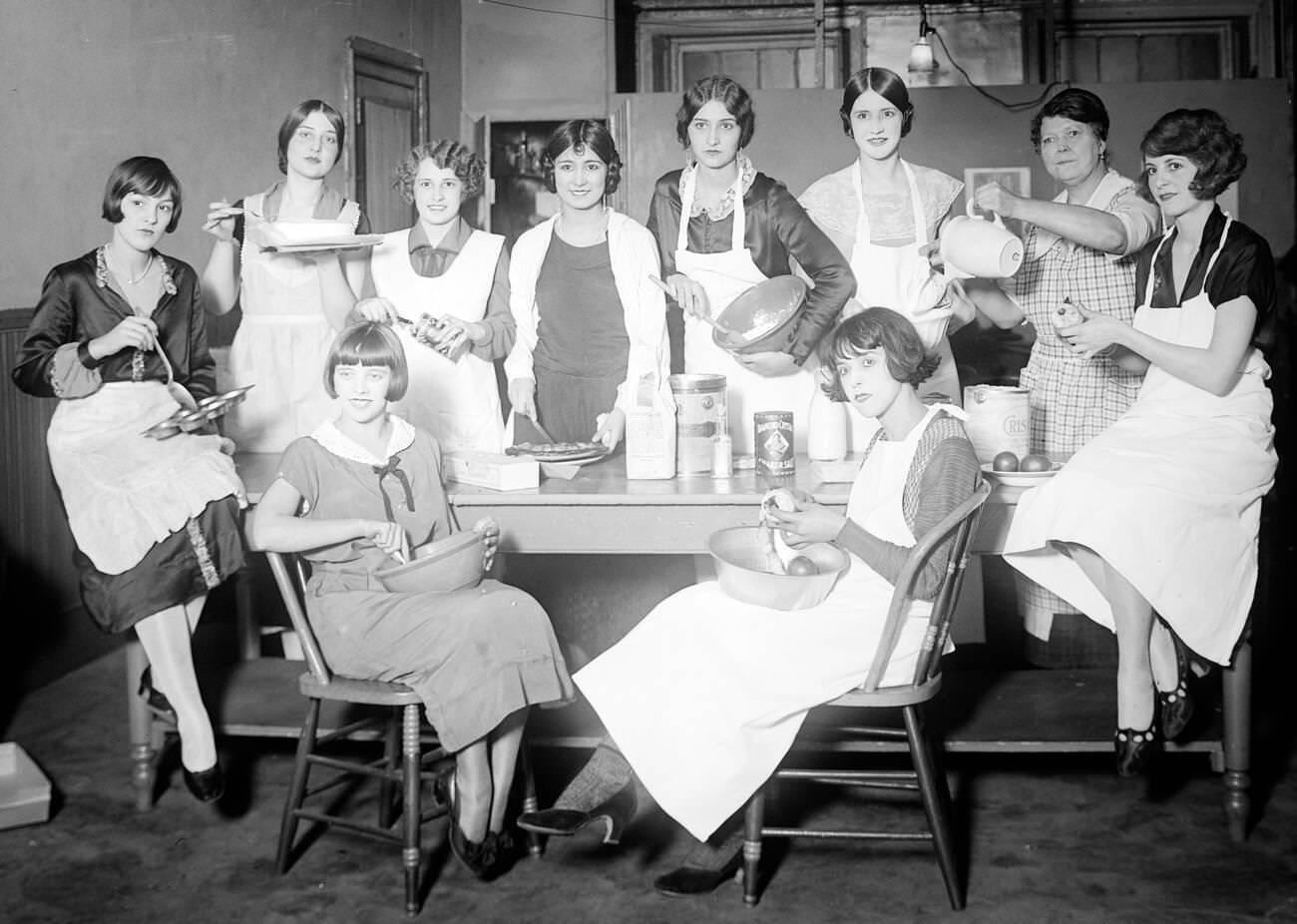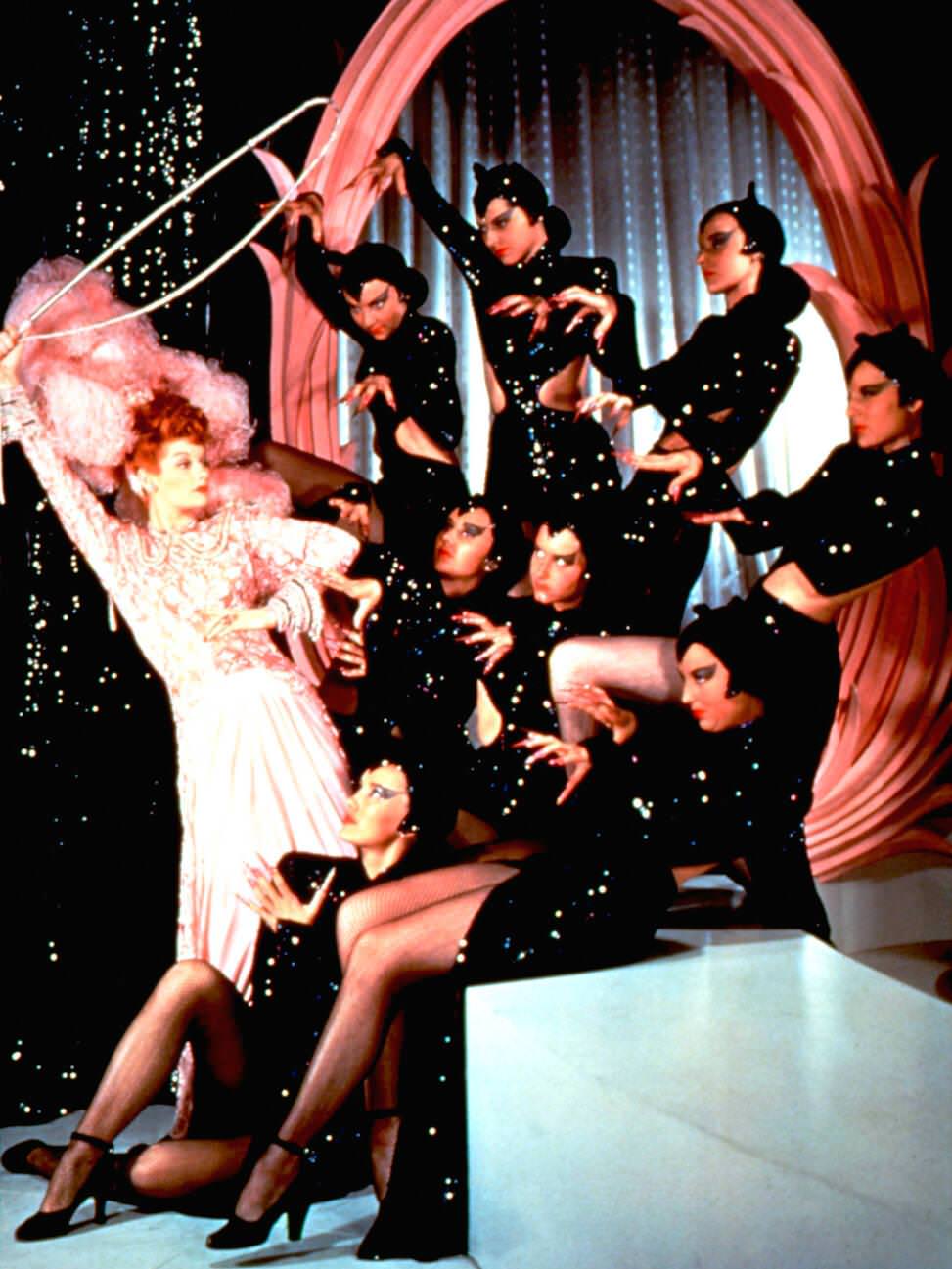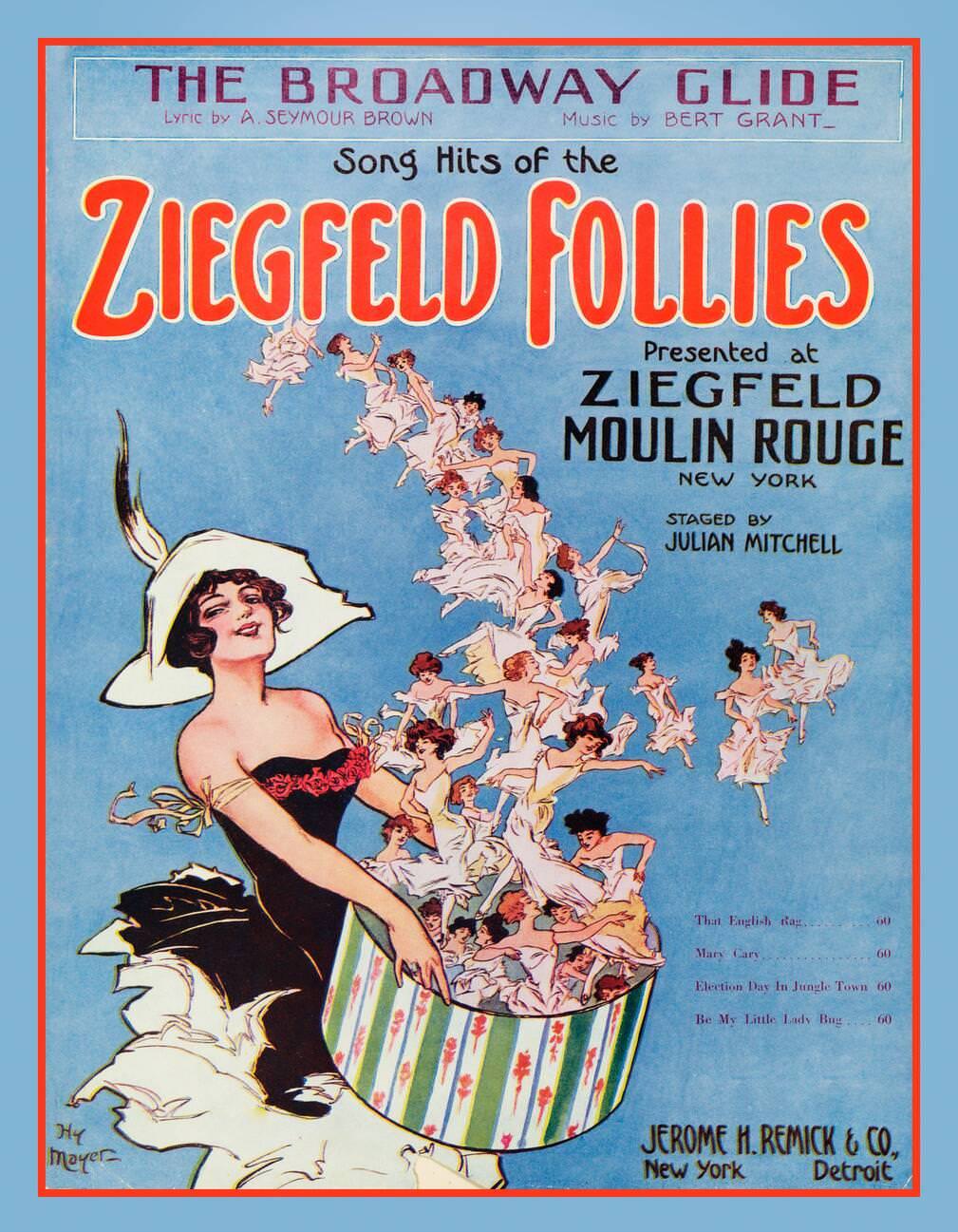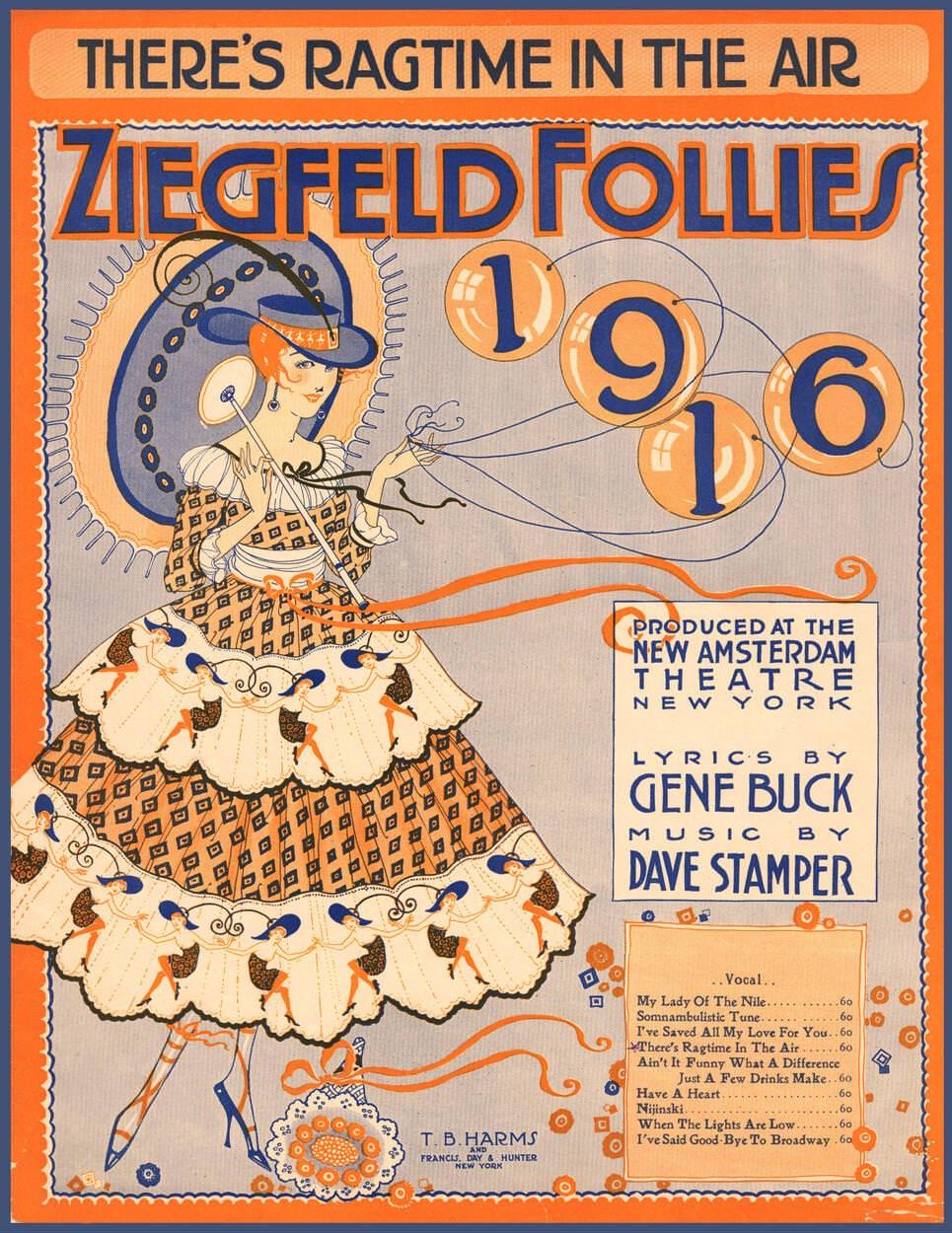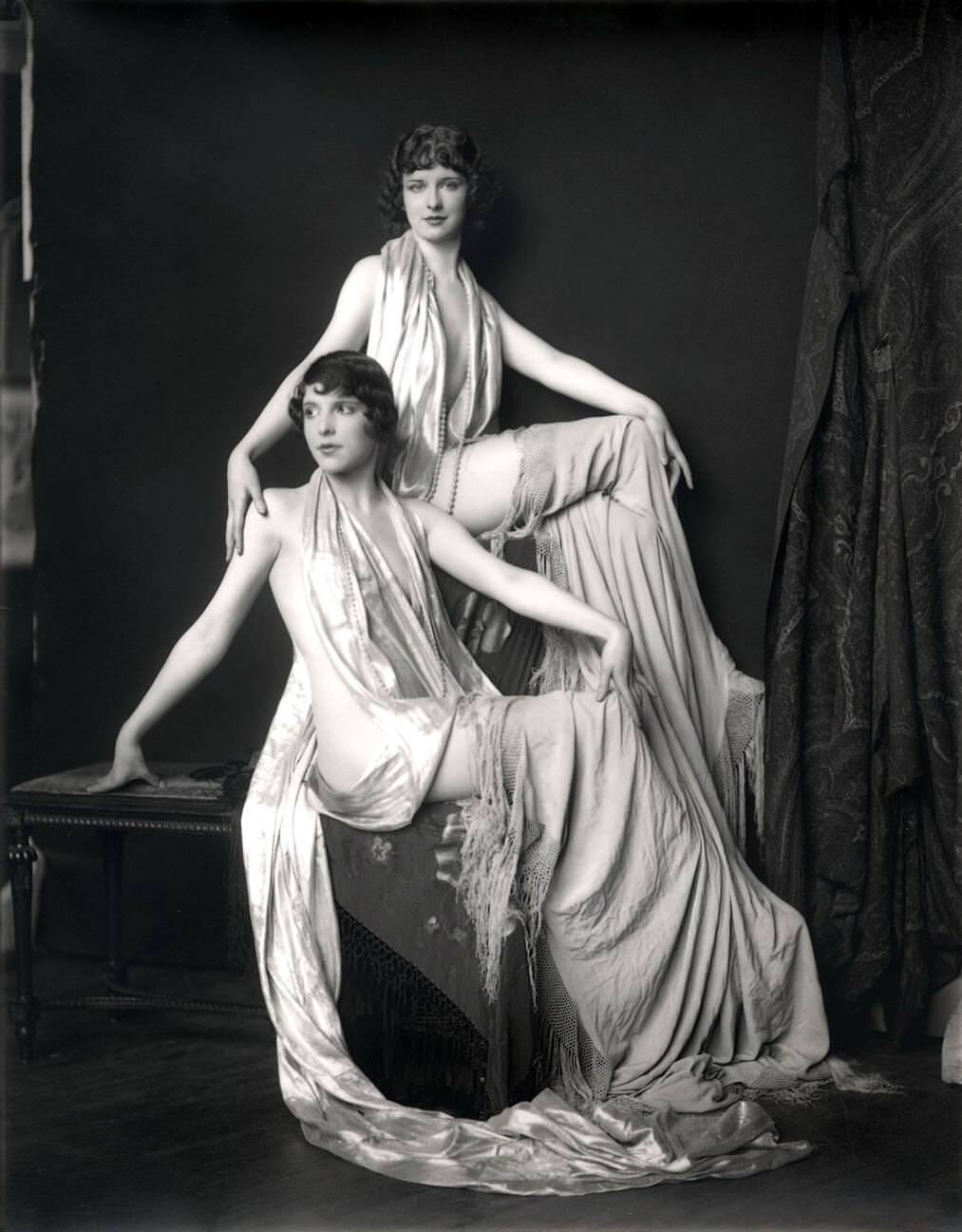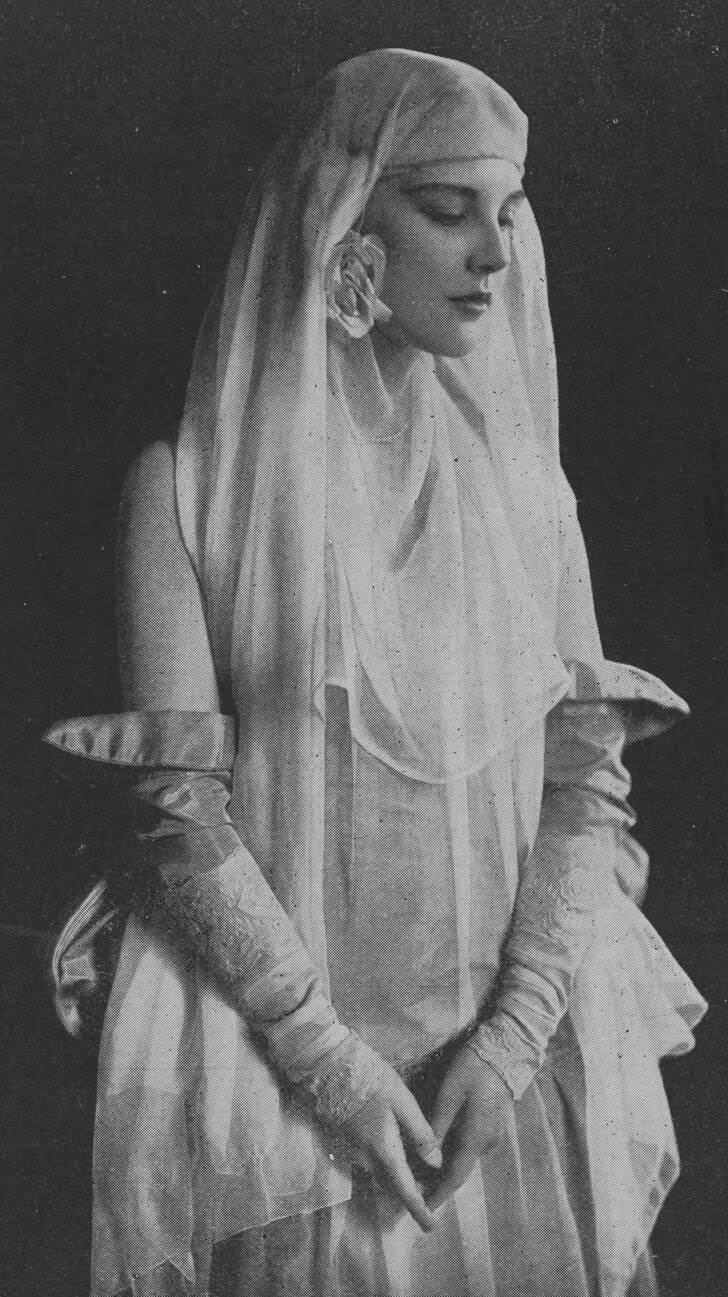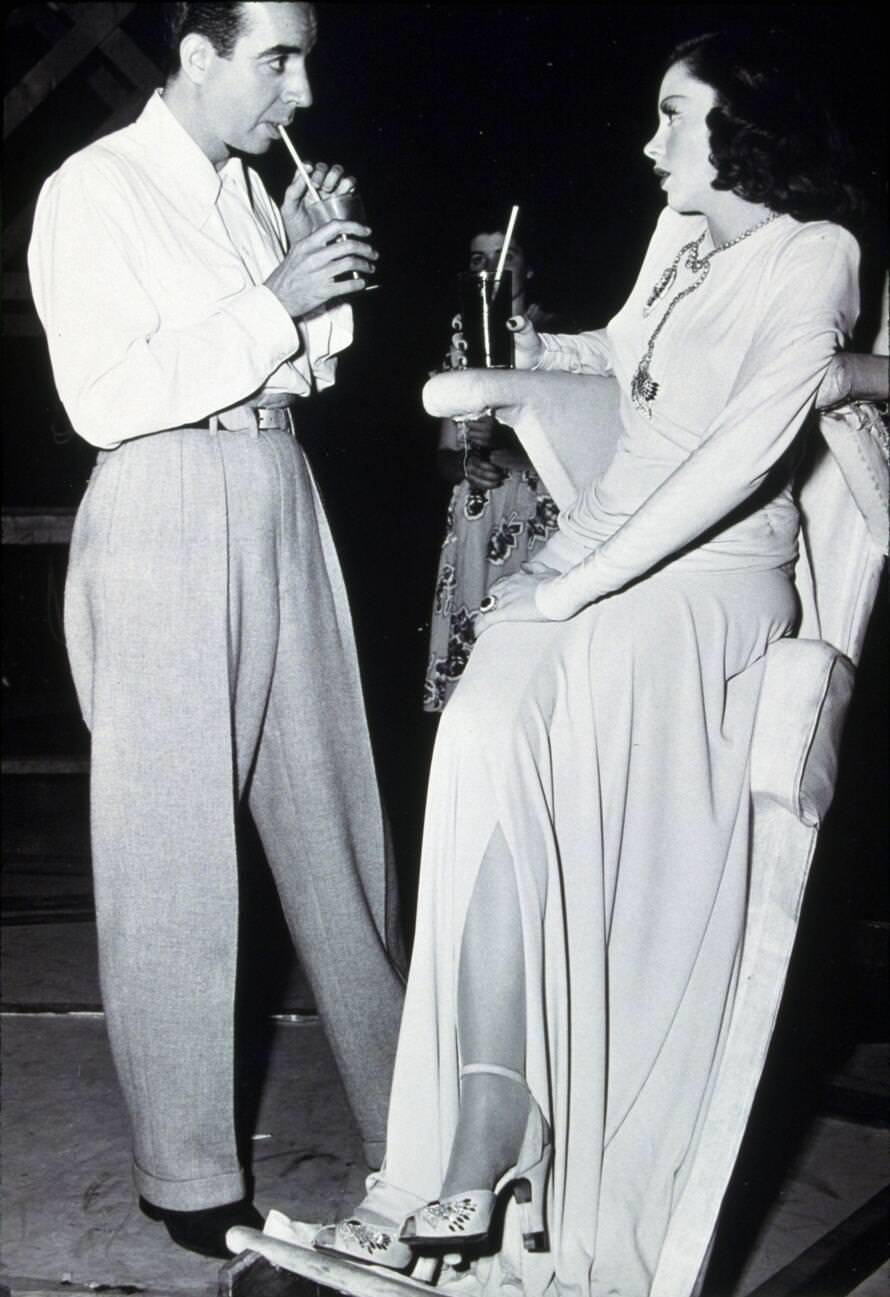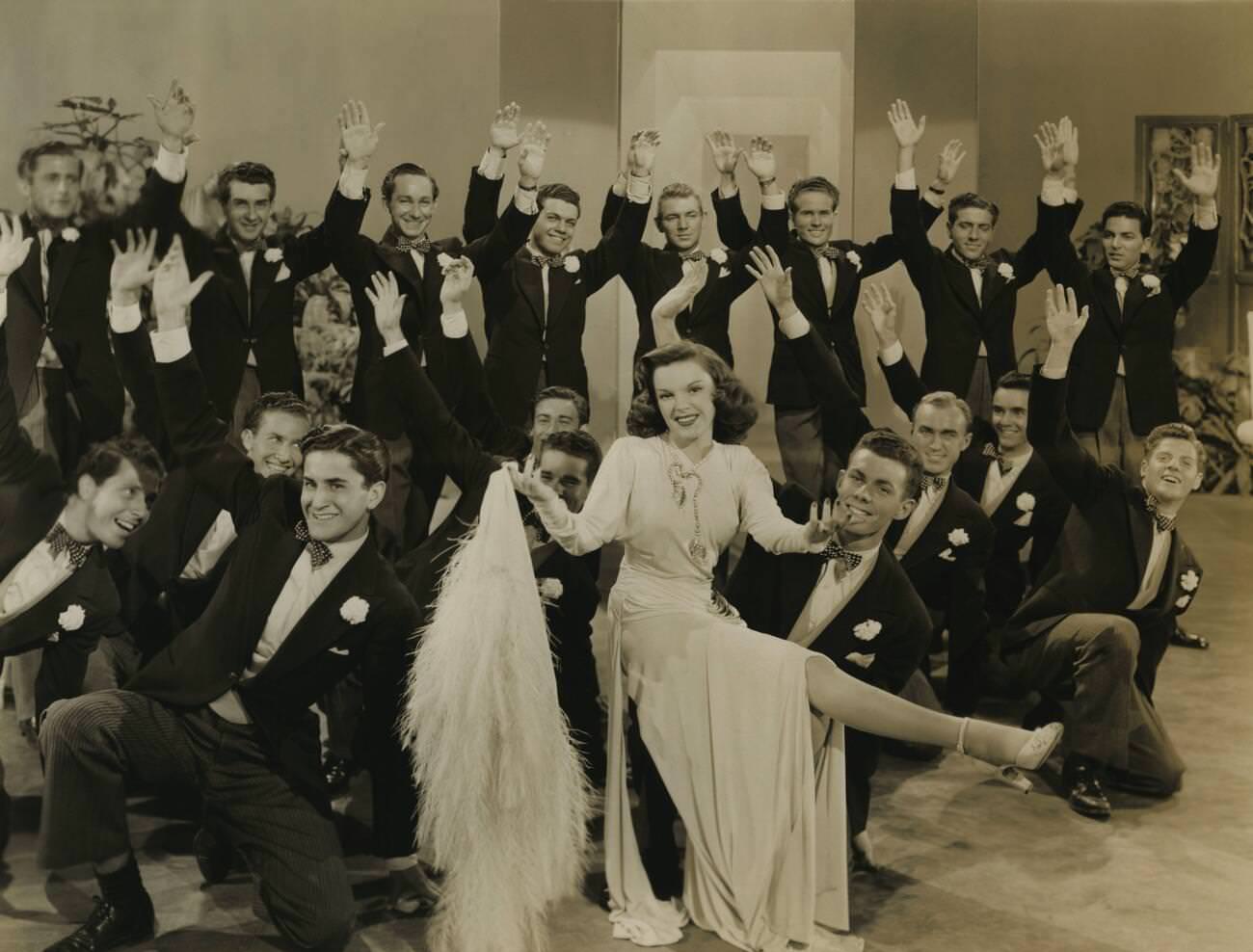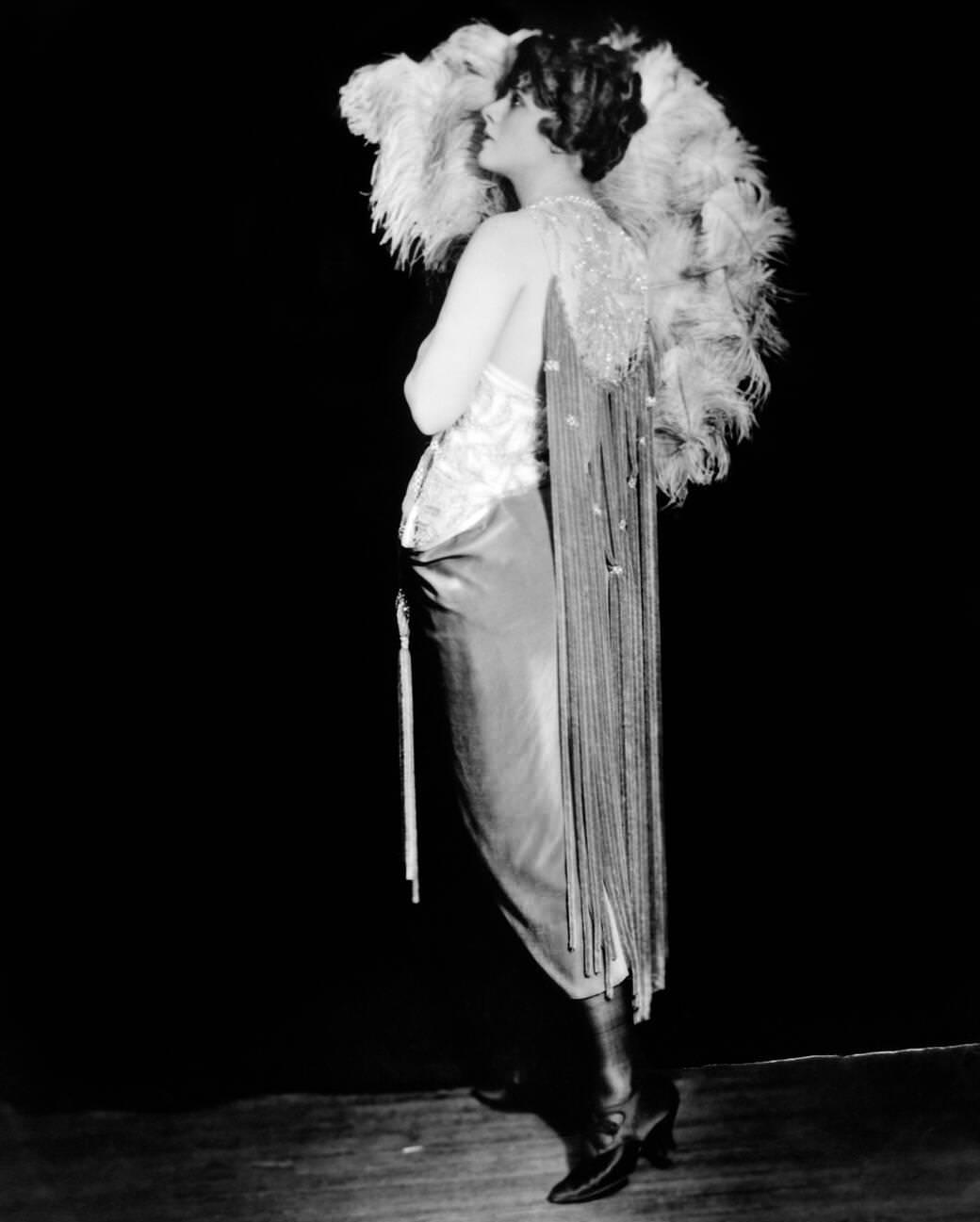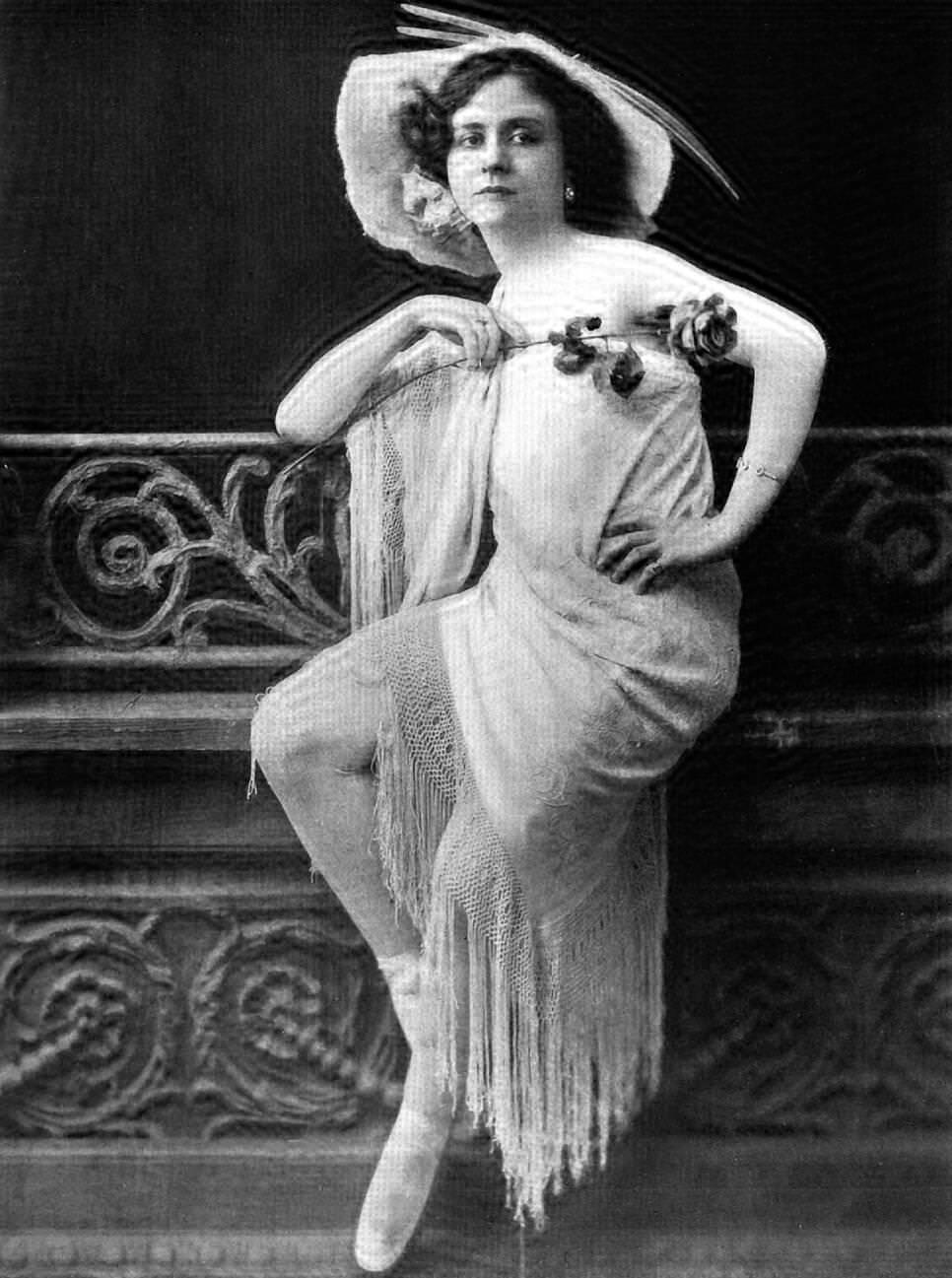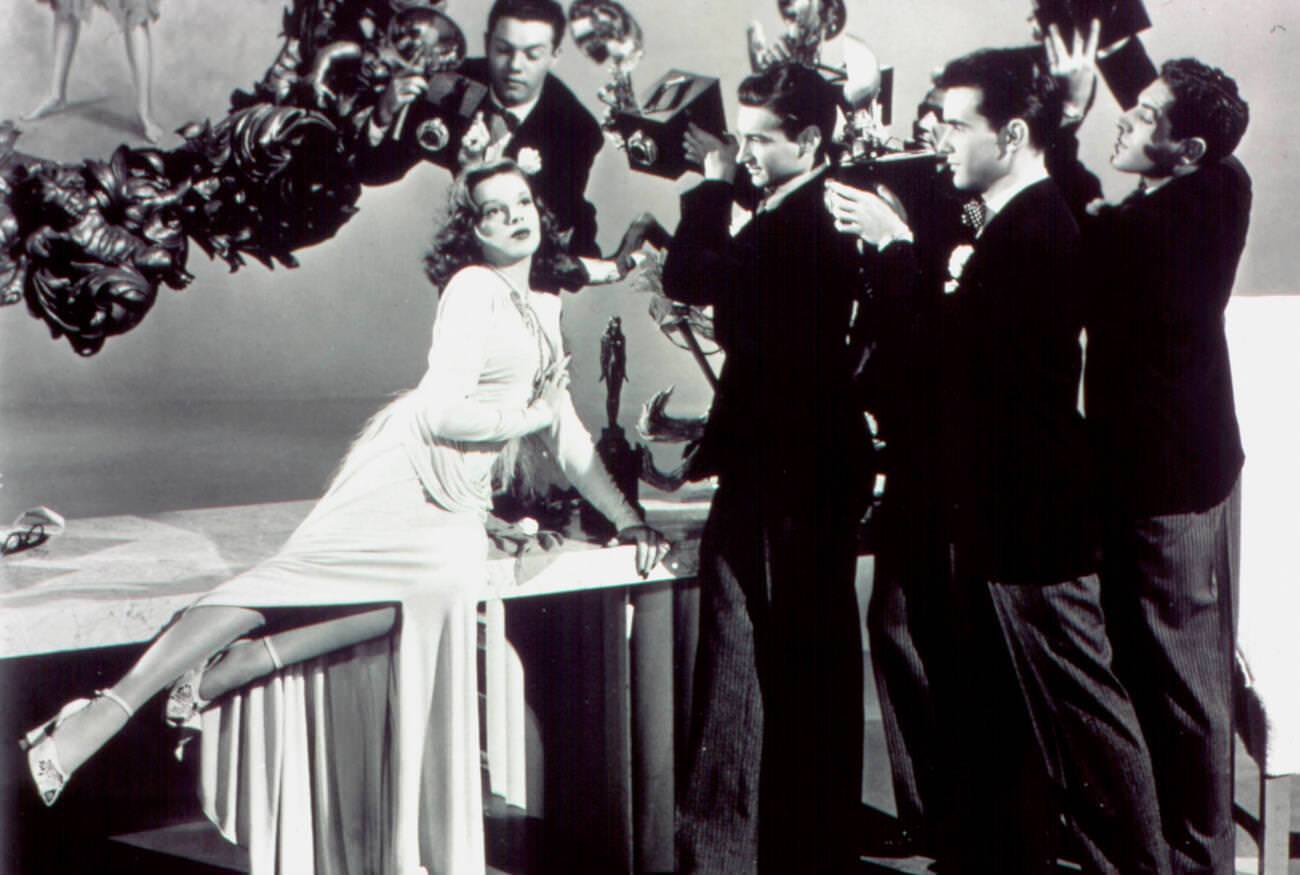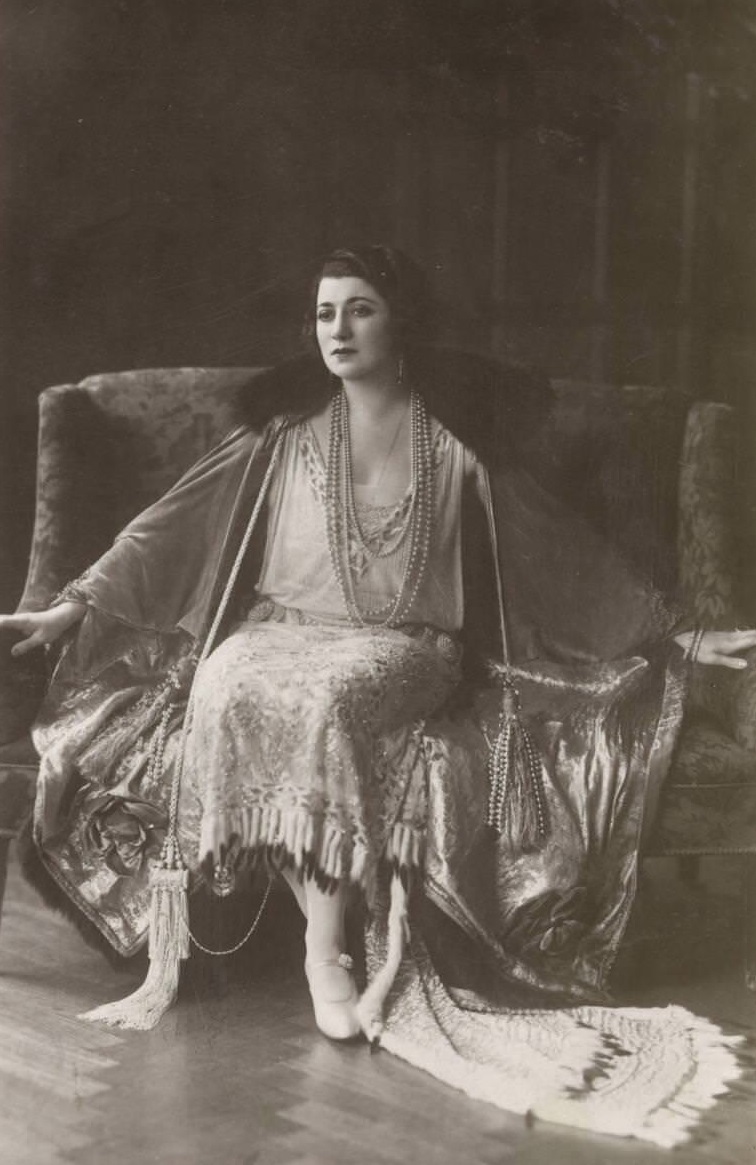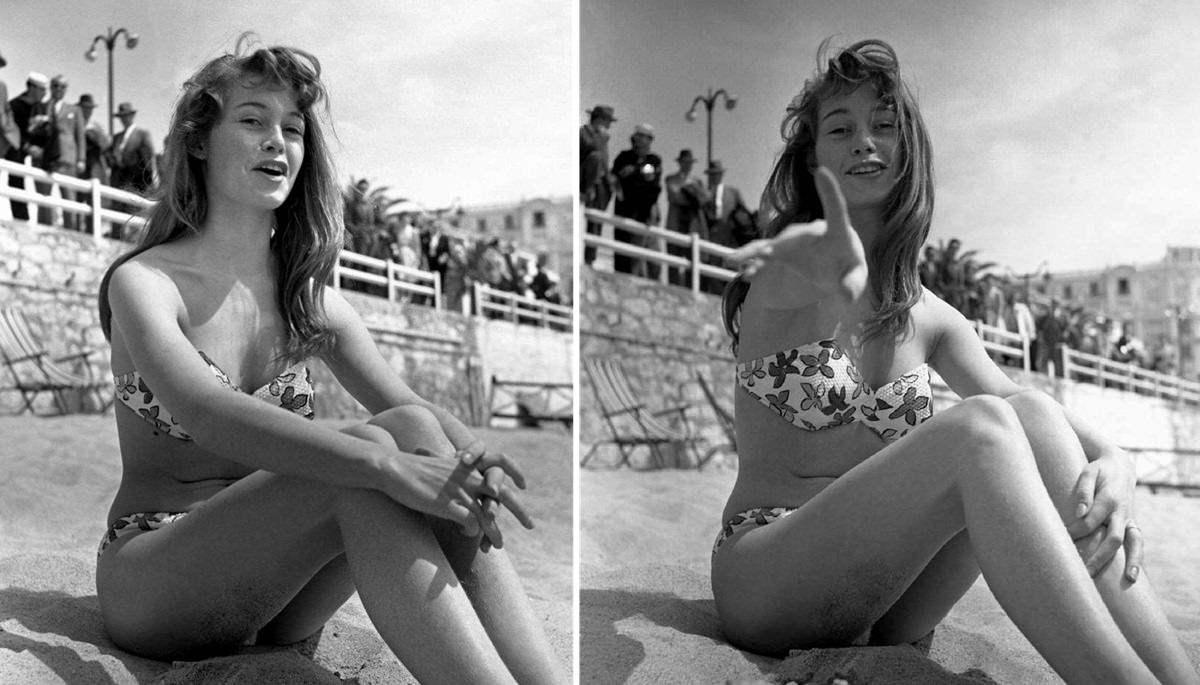In the early 1900s, a new kind of entertainment dazzled American audiences: the Ziegfeld Follies. Created by Florenz Ziegfeld, these shows blended music, comedy, dance, and extravagant sets. They were inspired by the Folies Bergère of Paris but had a unique American flair. Central to these shows were the Ziegfeld Follies Showgirls, who became symbols of beauty, grace, and style.
The Audition Process
Becoming a Ziegfeld girl wasn’t easy. Ziegfeld was meticulous about his selection process. He looked for women who were not only beautiful but also talented. Aspiring showgirls had to go through rigorous auditions. They needed to demonstrate their ability to dance, sing, and act. Ziegfeld had a keen eye for detail and often personally selected the girls who would appear in his productions.
The Glamour and the Costumes
The Ziegfeld Follies Showgirls were famous for their stunning costumes. These costumes were elaborate and often designed by top designers of the time. They featured luxurious fabrics, intricate beading, and bold colors. Feathers, sequins, and jewels were common, making the showgirls sparkle under the stage lights. These costumes were not just outfits but works of art, designed to create a sense of wonder and extravagance.
The Performances
The performances of the Ziegfeld Follies were a spectacle. The showgirls performed in grand production numbers that combined singing, dancing, and acting. They often portrayed characters from various themes, such as exotic lands, fairy tales, or historical events. The choreography was complex, and the routines were rehearsed to perfection. Each performance was designed to be a visual and auditory feast for the audience..
Read more
Life Behind the Scenes
While the showgirls dazzled on stage, life behind the scenes was not always as glamorous. The rehearsal schedule was demanding, with long hours of practice to ensure every move was flawless. The showgirls had to maintain a high level of fitness and skill. They also had to take care of their elaborate costumes, which required careful handling and maintenance.
Despite the challenges, many showgirls found camaraderie and friendship among their peers. They shared dressing rooms, helped each other with costumes and makeup, and supported one another through the grueling schedule. The sense of being part of a prestigious troupe like the Ziegfeld Follies created a strong bond among the showgirls.
Notable Ziegfeld Showgirls
Several Ziegfeld showgirls went on to achieve great fame. One of the most famous was Billie Burke, who later became known for her role as Glinda the Good Witch in “The Wizard of Oz.” Another notable showgirl was Fanny Brice, who became a star in her own right with her comedic talent and later inspired the musical “Funny Girl.” These women started their careers in the Follies and used it as a springboard to further success in entertainment.
They set a high standard for theatrical productions and influenced the development of Broadway musicals. The showgirls themselves became fashion icons, influencing styles and beauty standards of the time. Their glamorous image was featured in magazines, advertisements, and other media, making them household names.
The Follies also helped popularize the idea of the “chorus girl” in American entertainment. The showgirls’ roles paved the way for future generations of performers in musical theater and beyond. Their blend of beauty, talent, and professionalism set a benchmark that many aspired to reach.
The End of an Era
The Ziegfeld Follies continued to entertain audiences until the early 1930s. The Great Depression and changing tastes in entertainment led to the decline of such extravagant productions. However, the legacy of the Ziegfeld Follies Showgirls lived on. They remained symbols of an era of glamour and opulence in American theater.
Today, the Ziegfeld Follies Showgirls are remembered for their contributions to the arts. Museums, books, and documentaries preserve their history and celebrate their impact. Their influence can still be seen in modern theatrical productions, fashion, and popular culture. The Ziegfeld Follies Showgirls continue to be admired for their beauty, talent, and the magical world they brought to life on stage.


